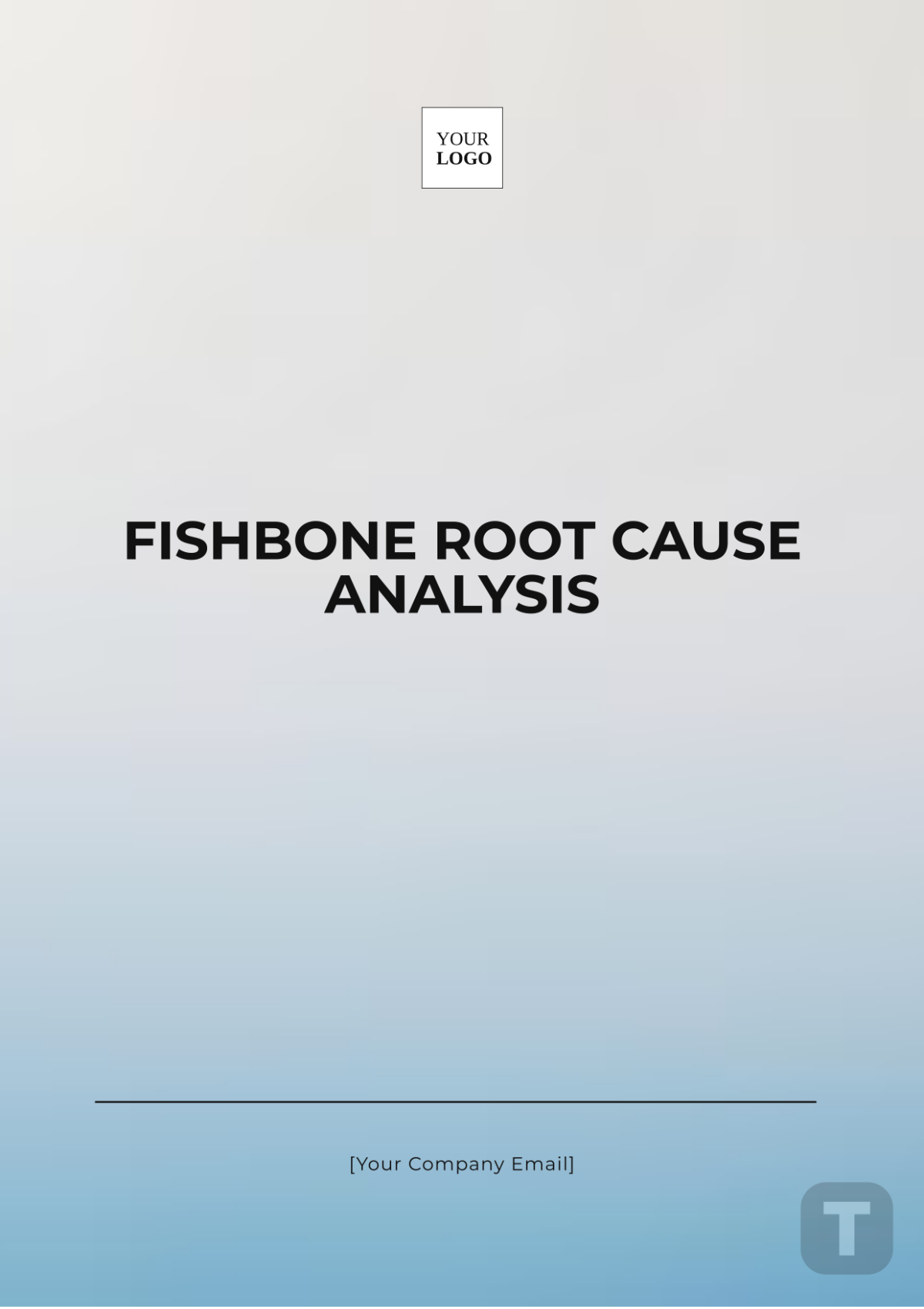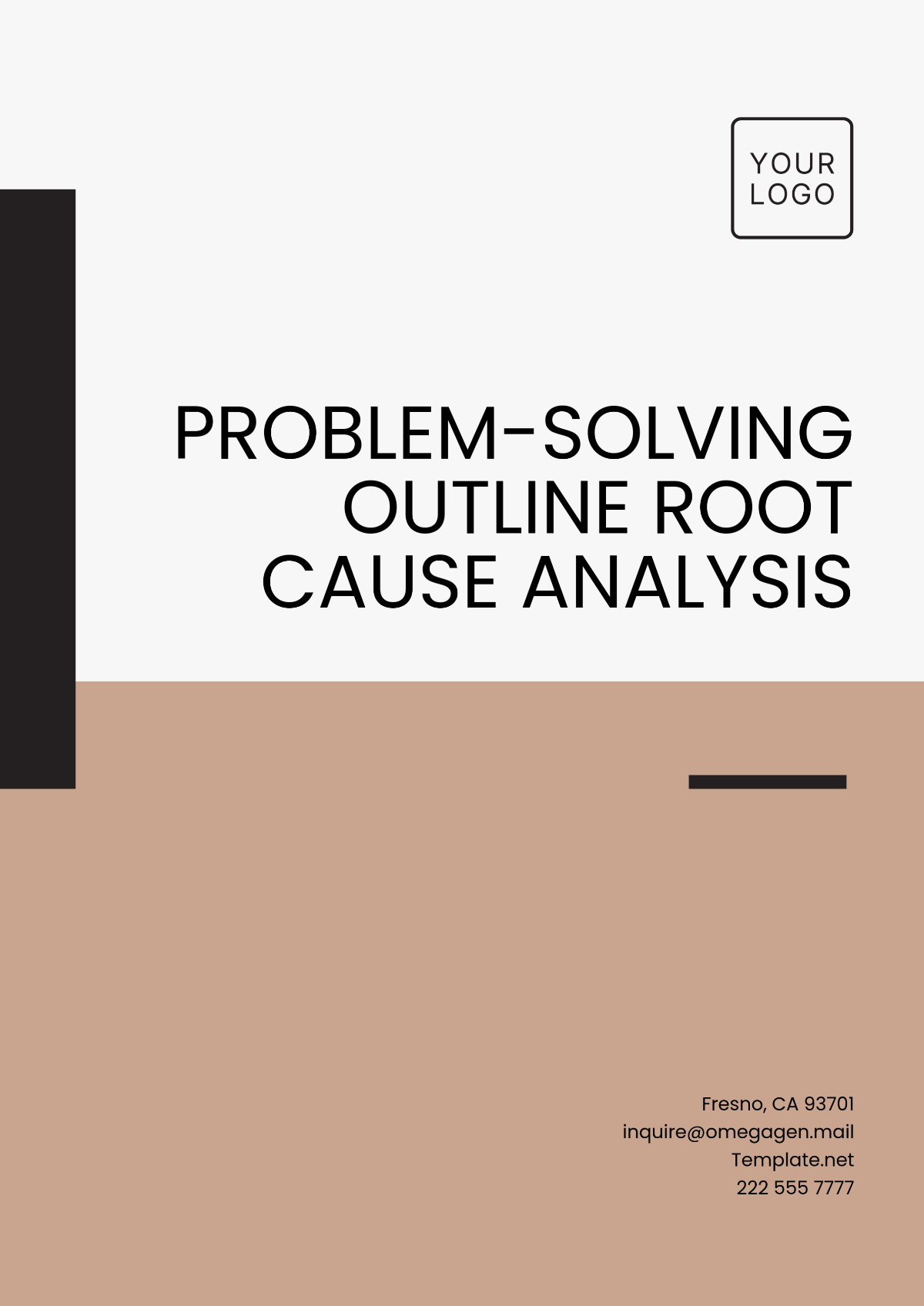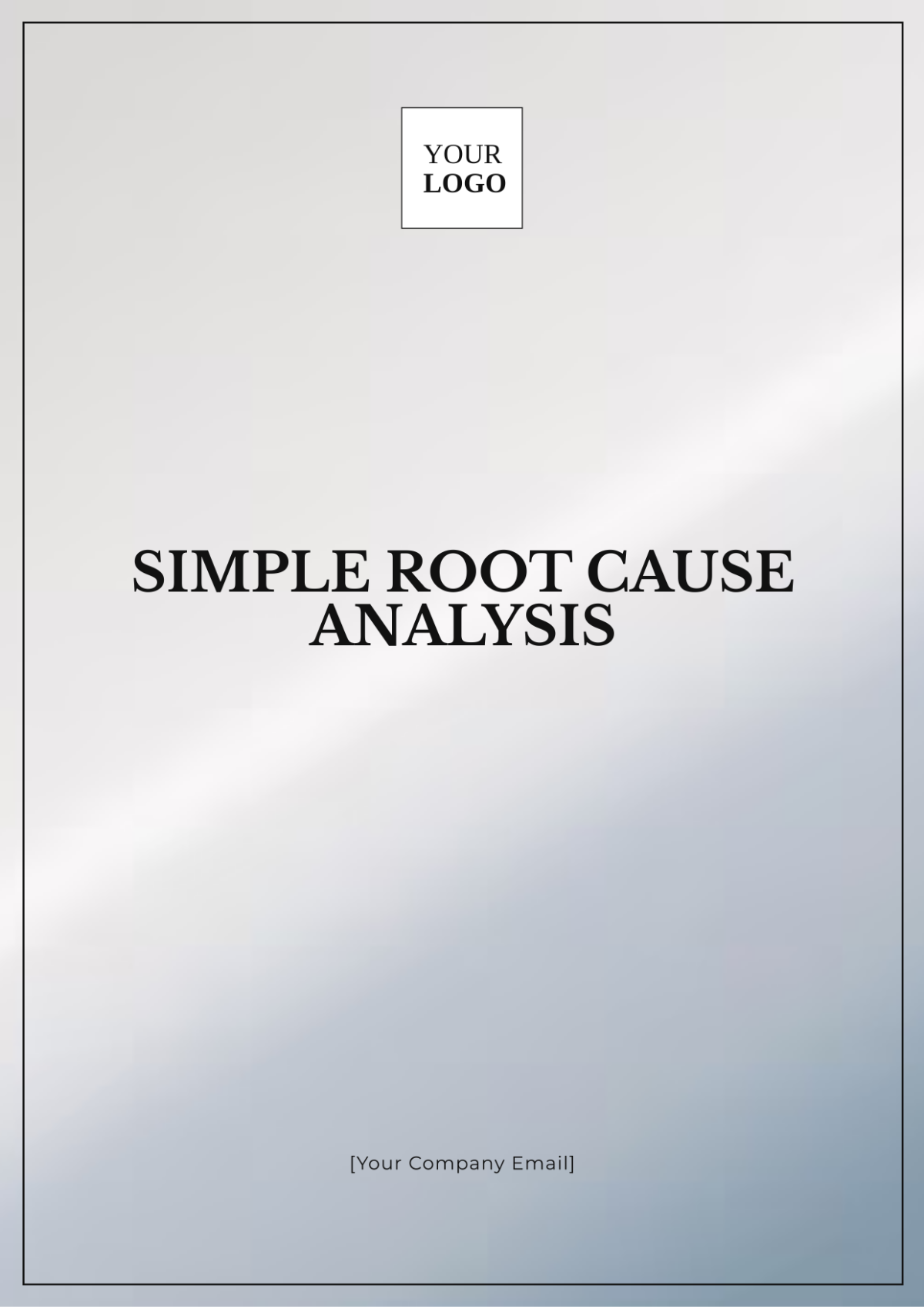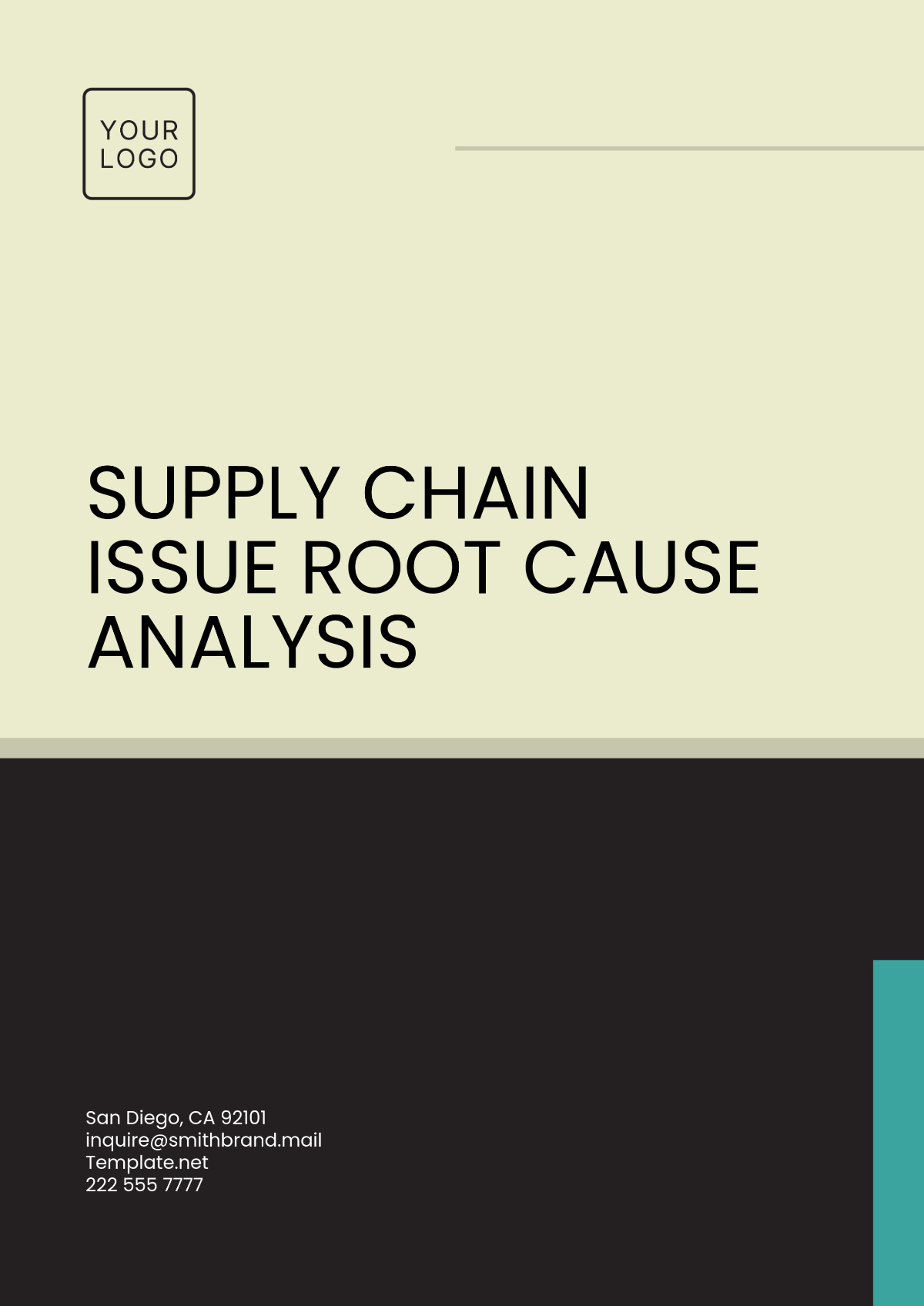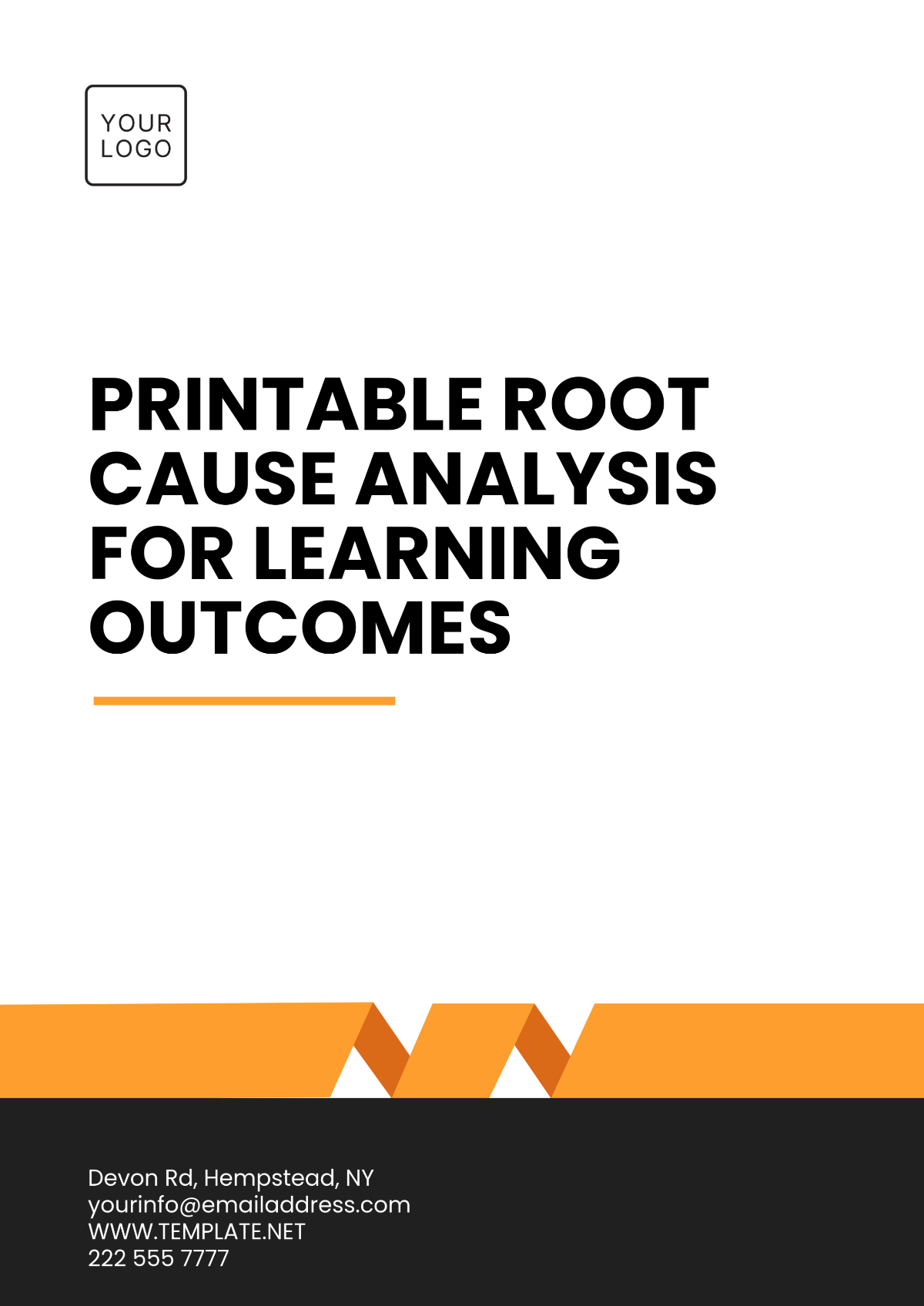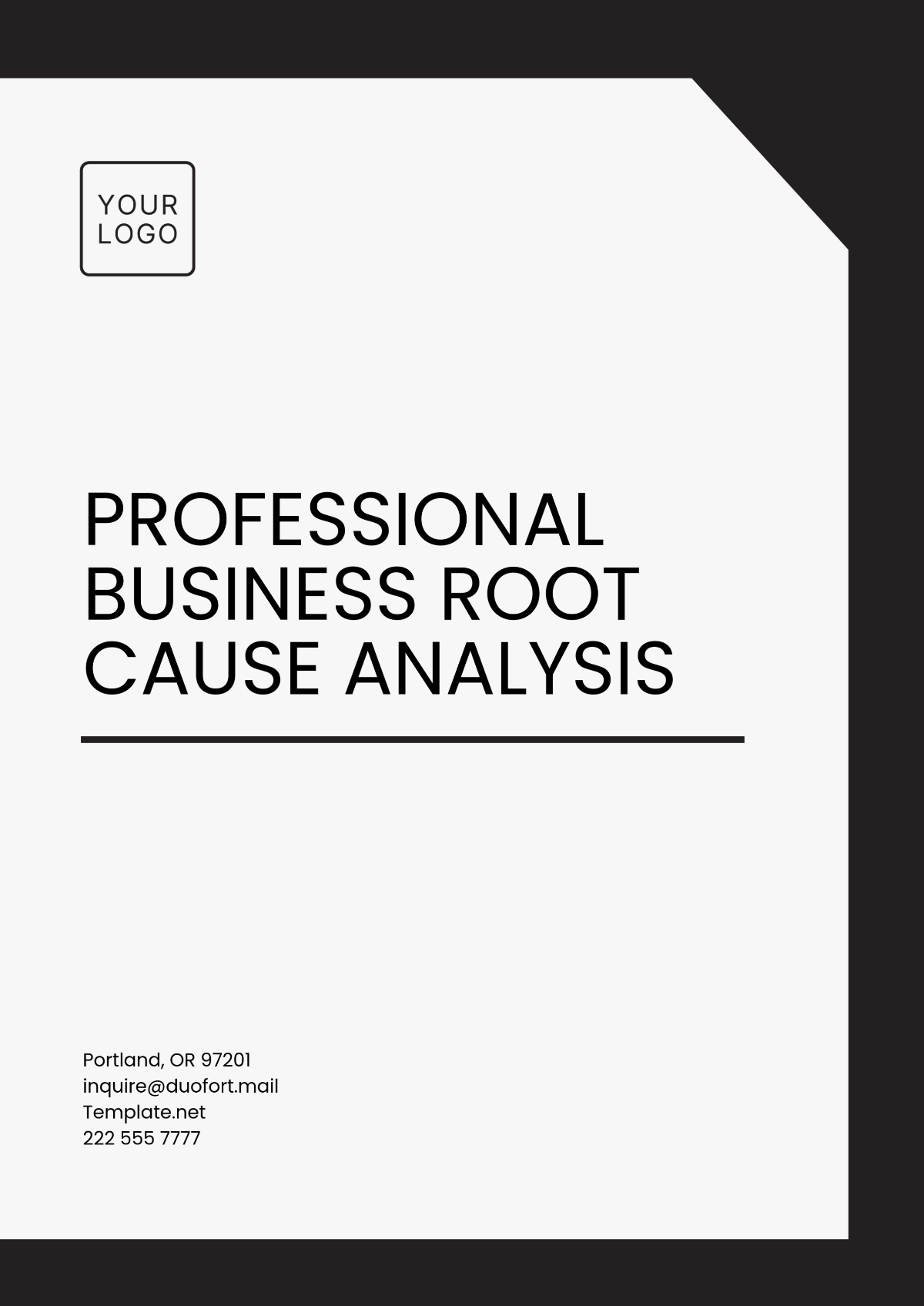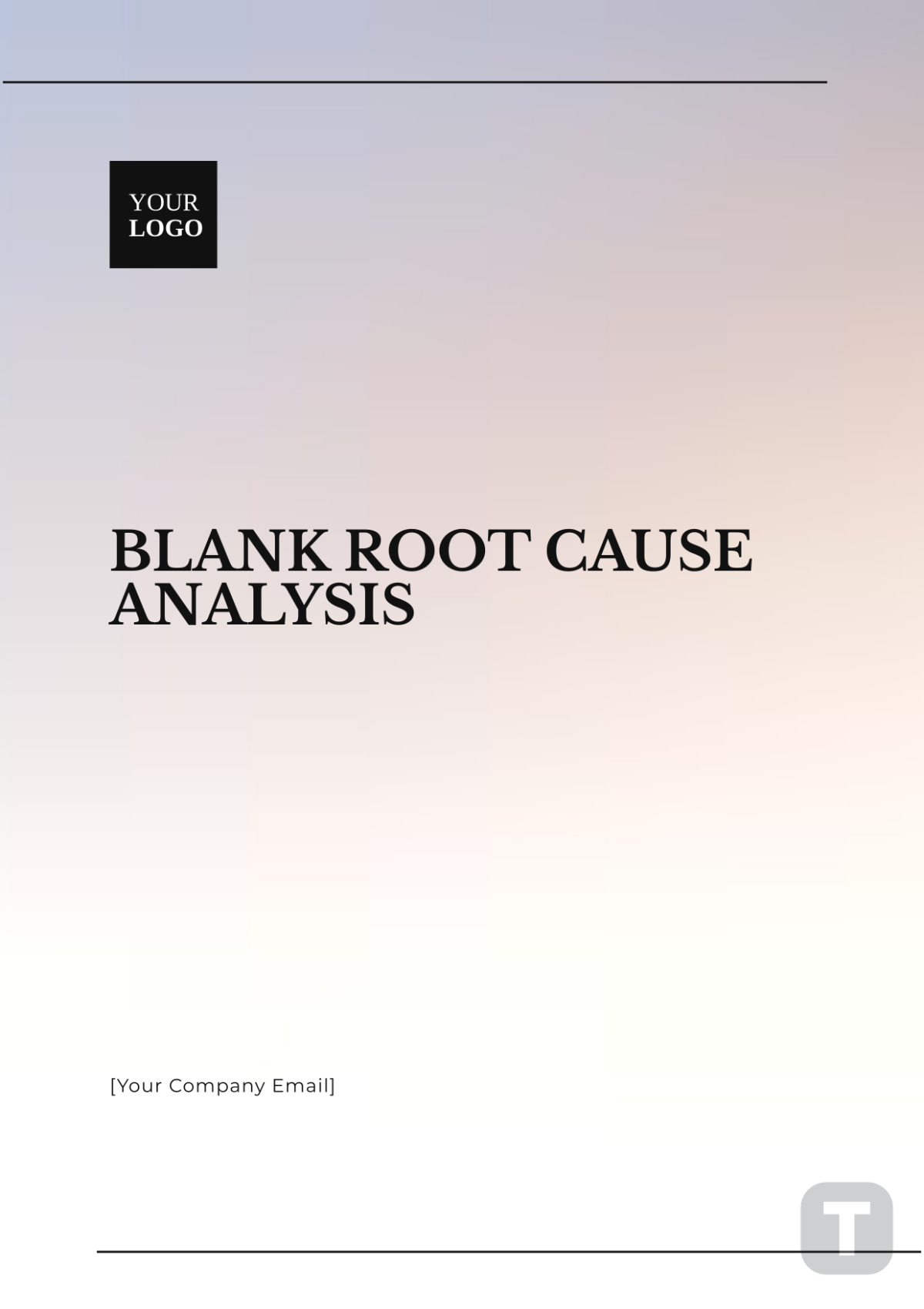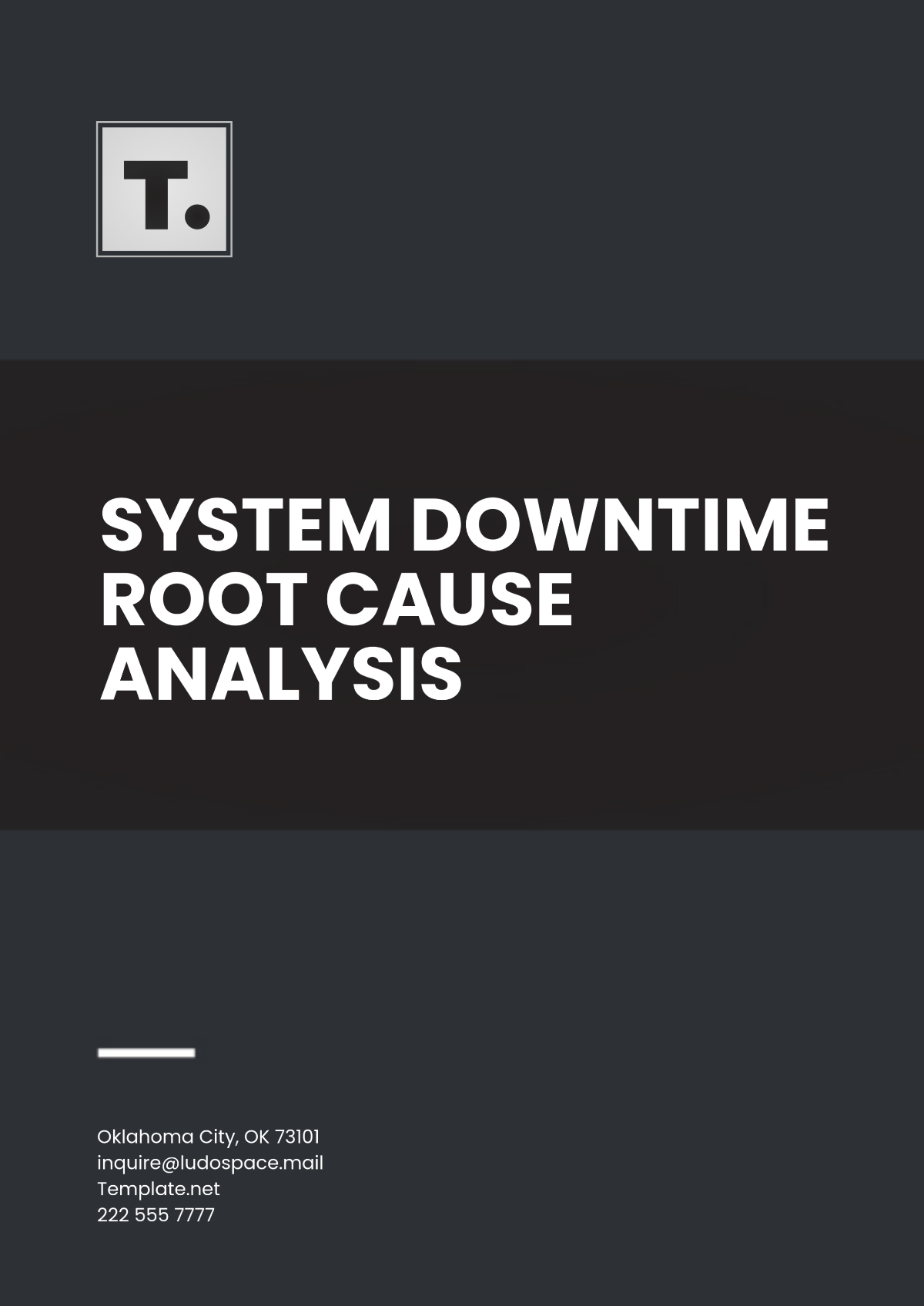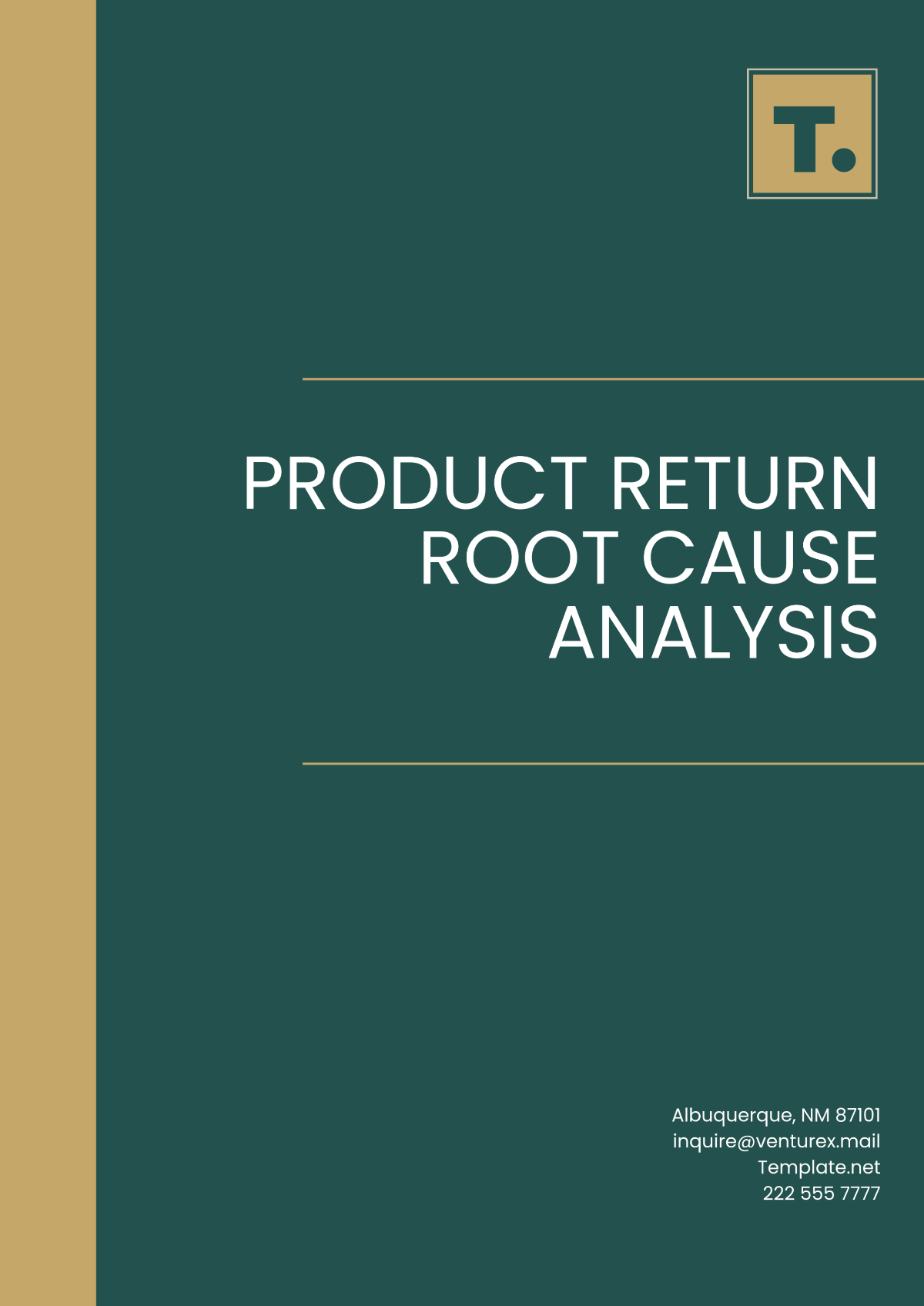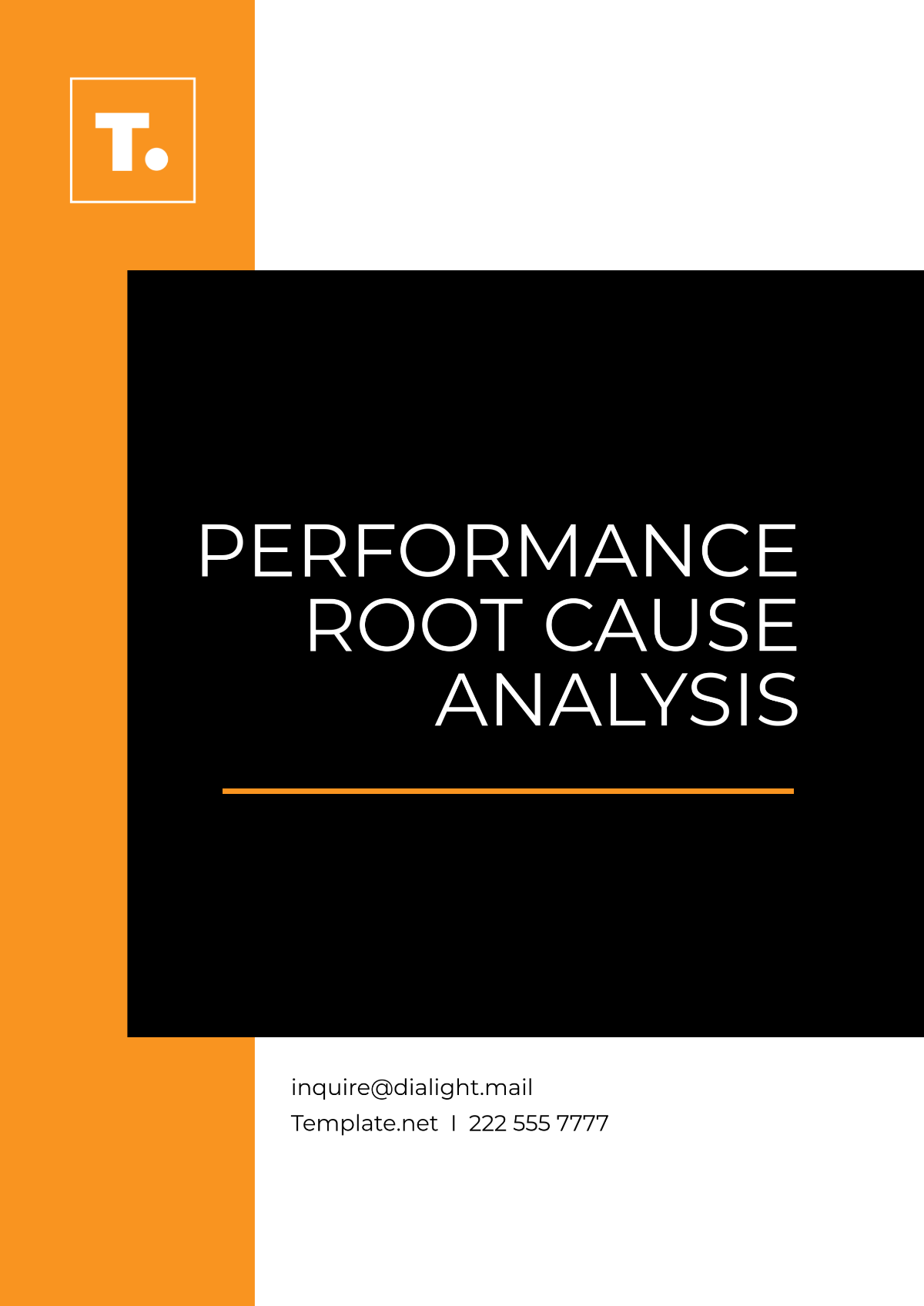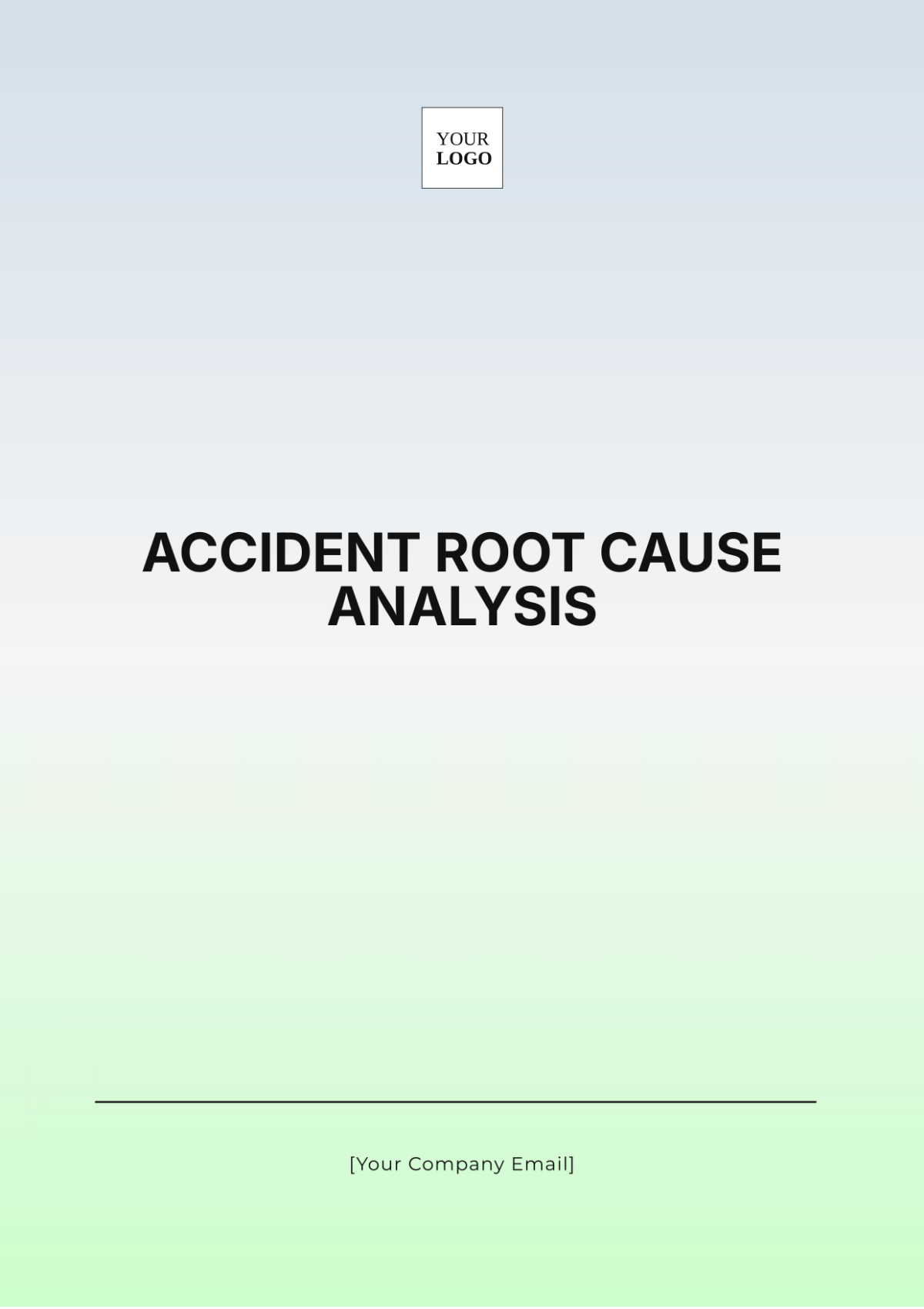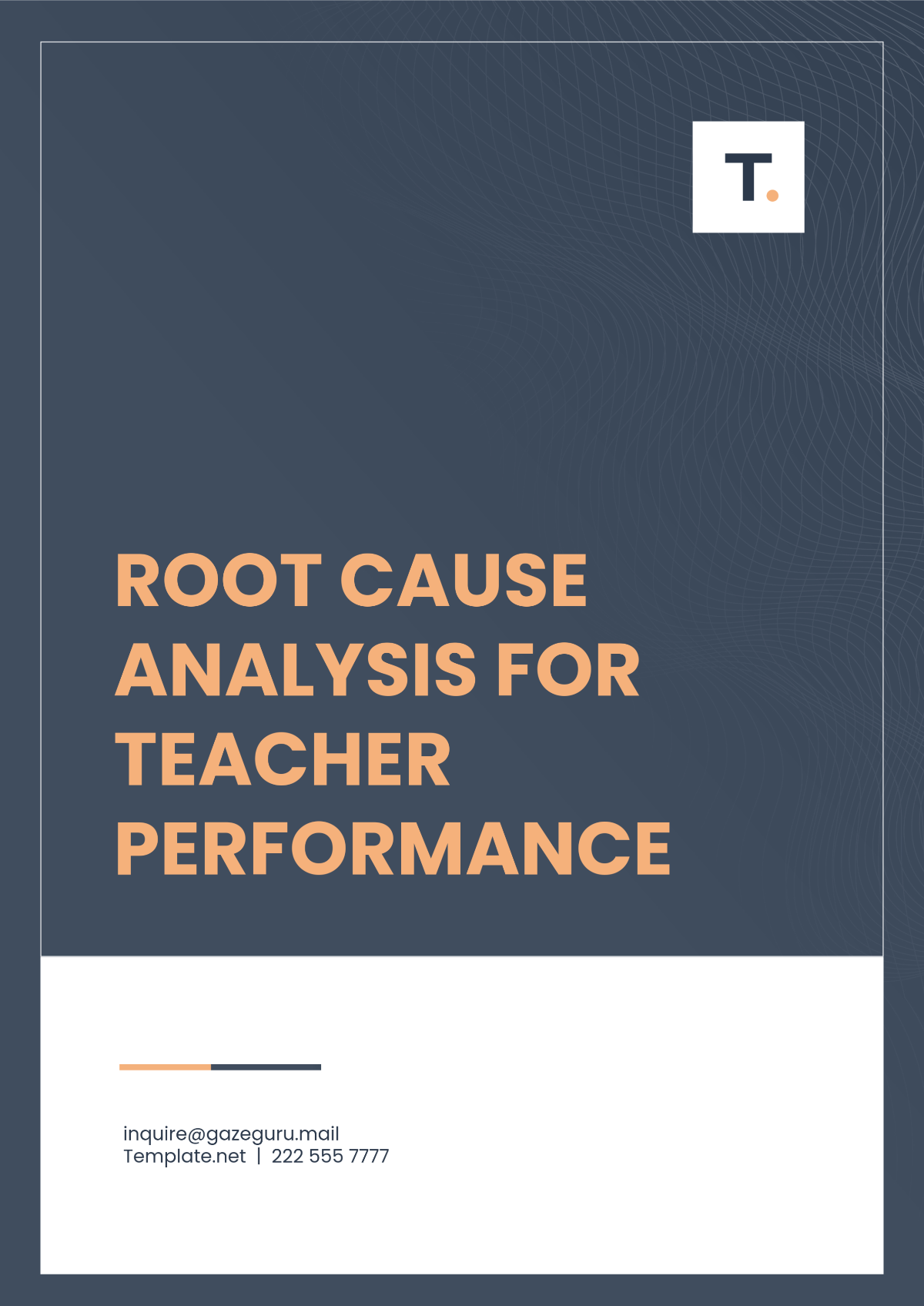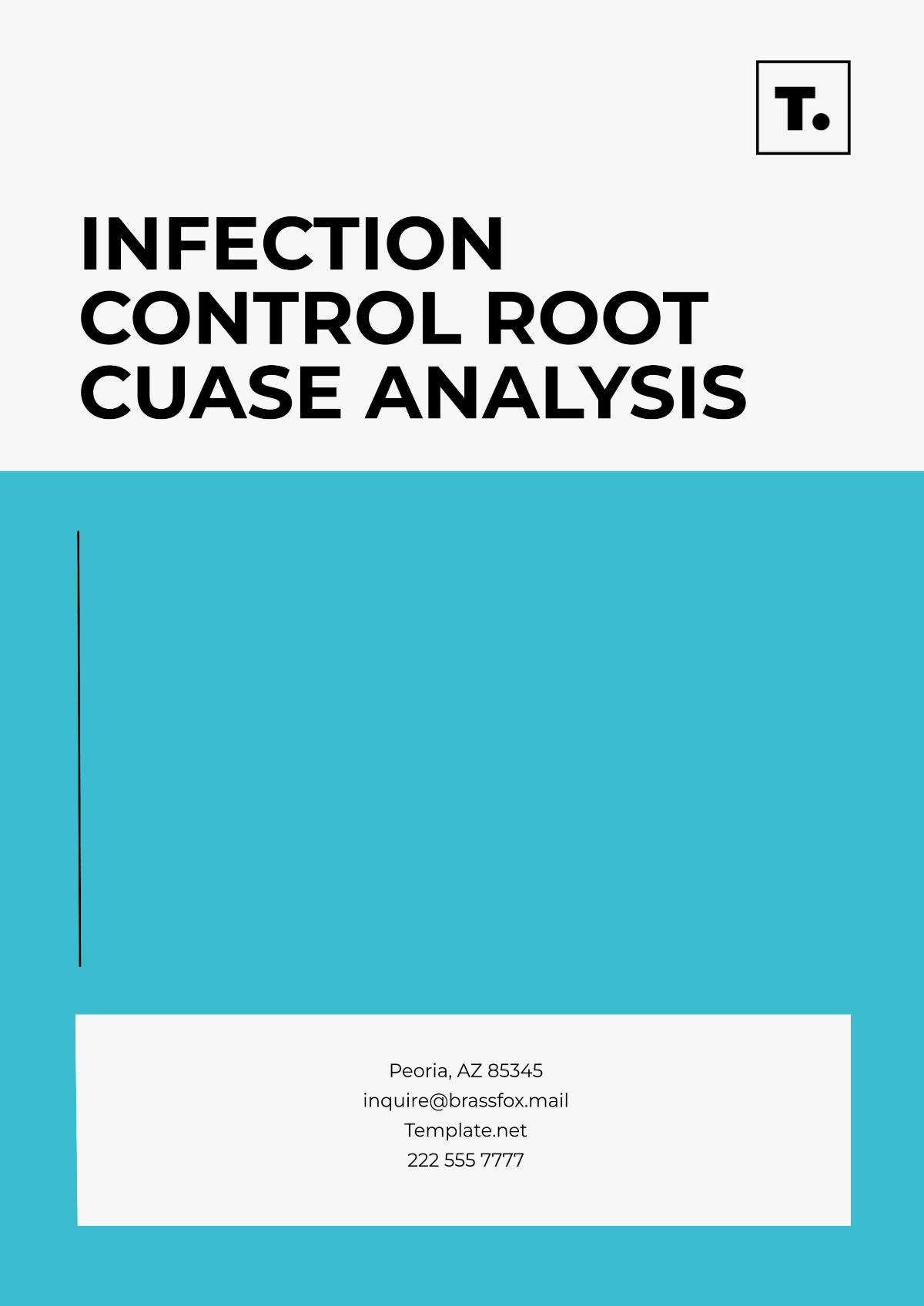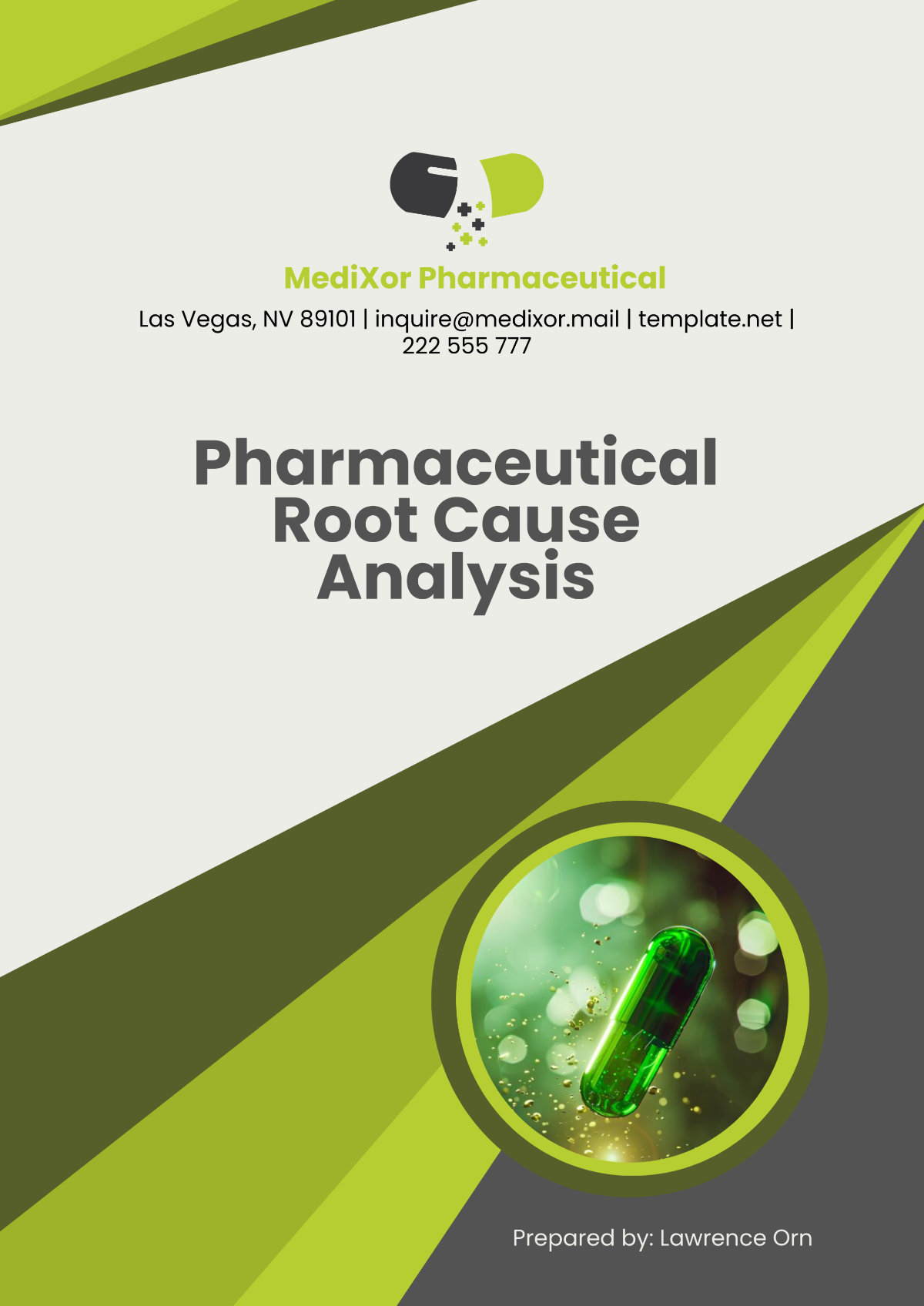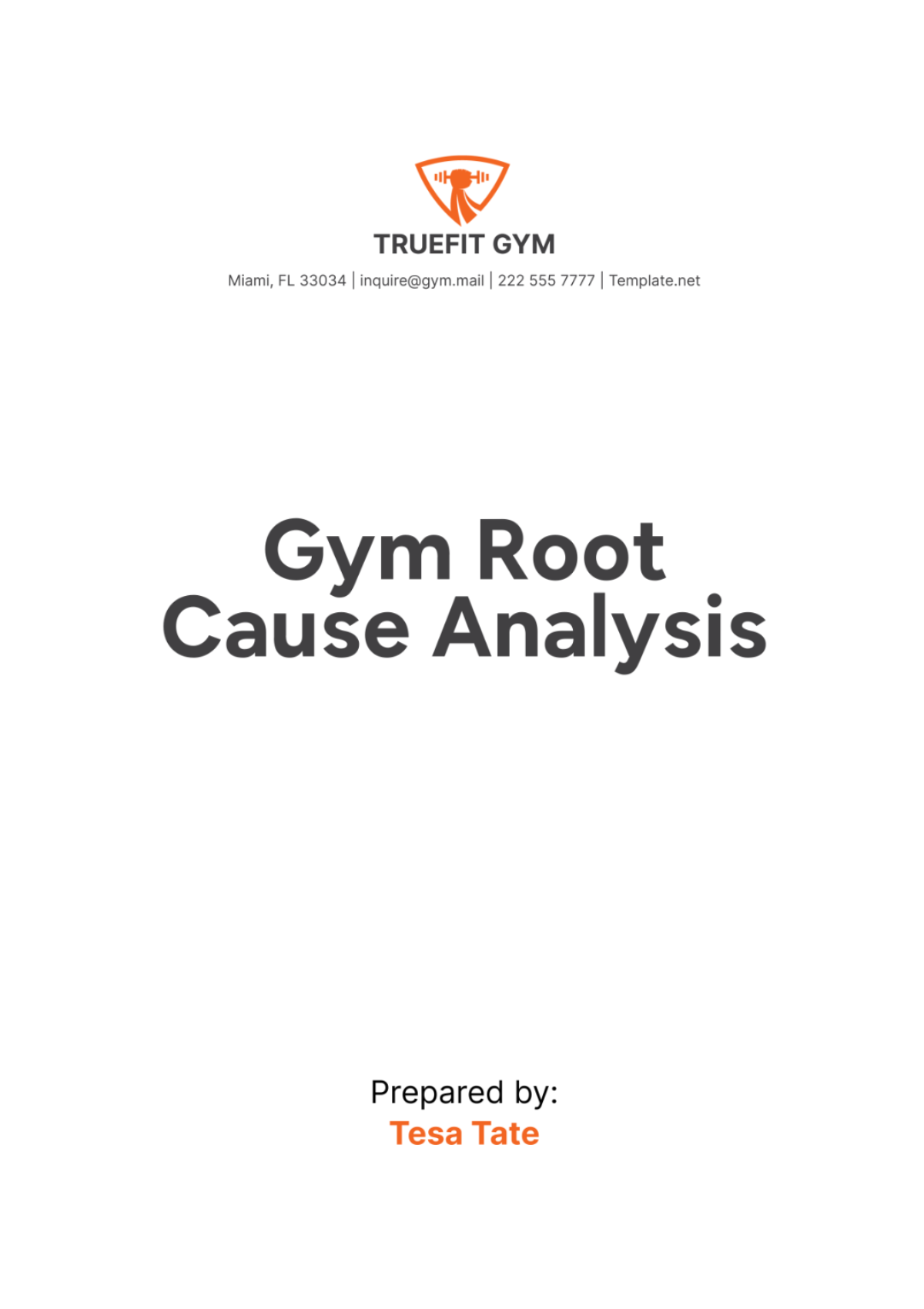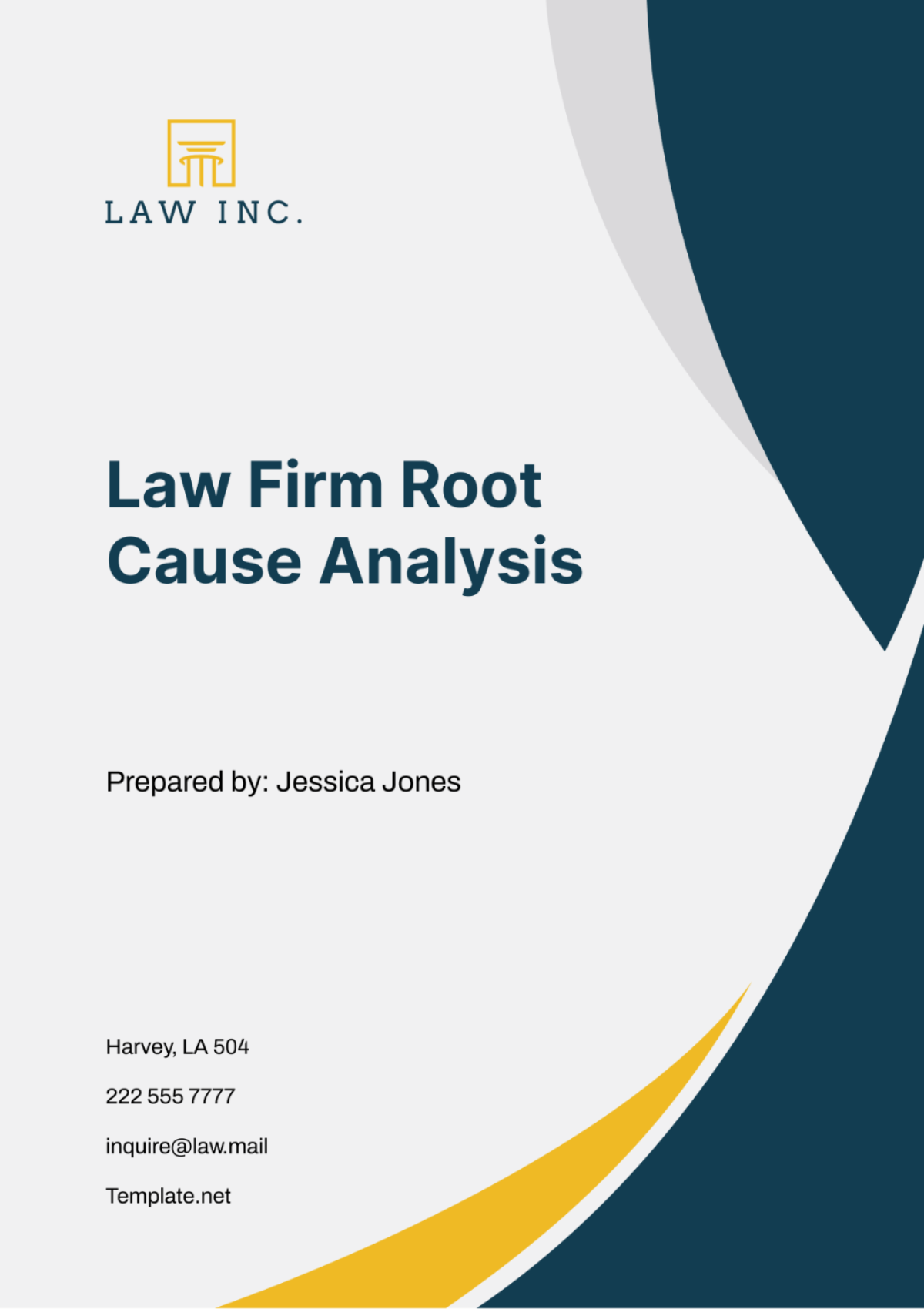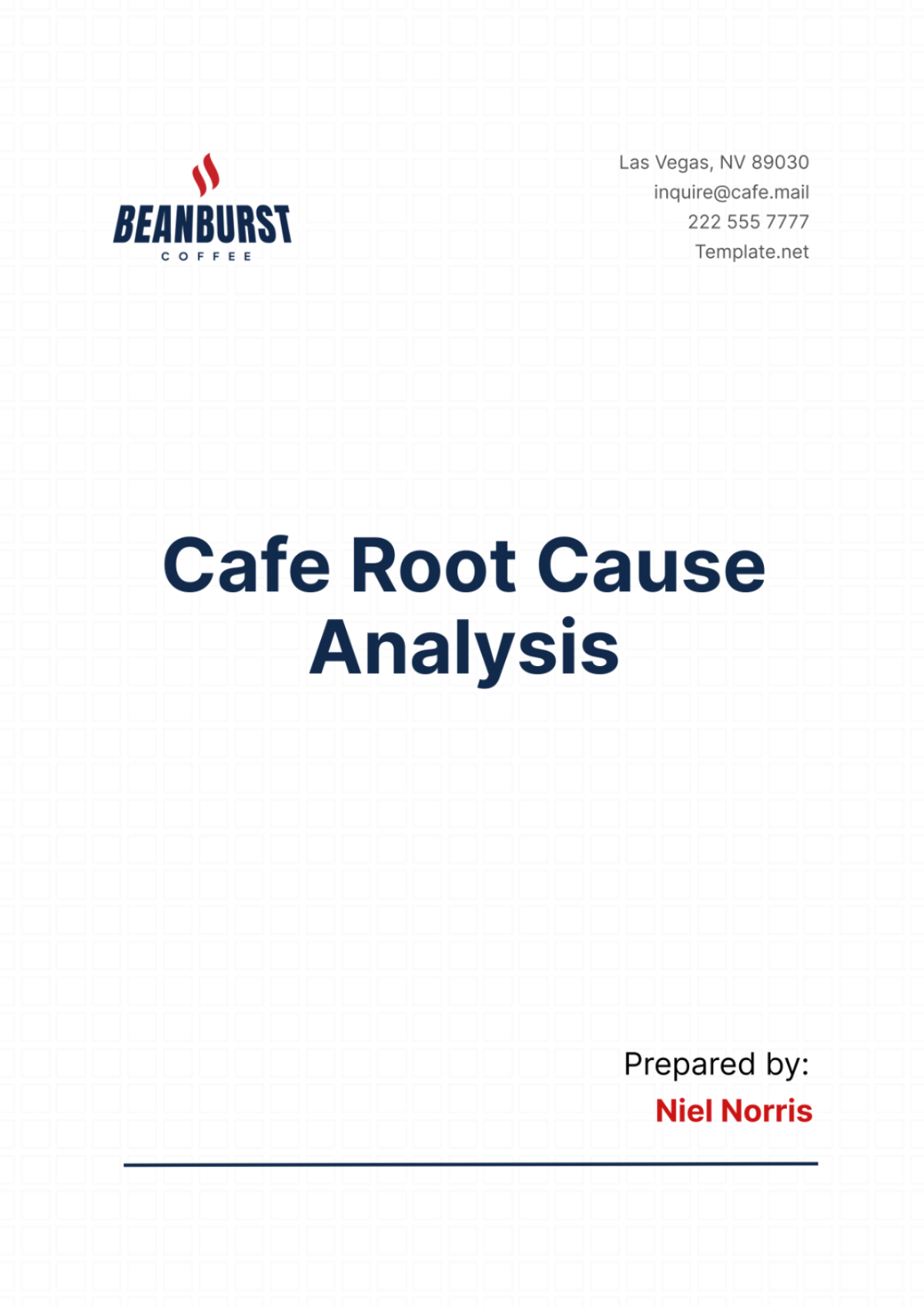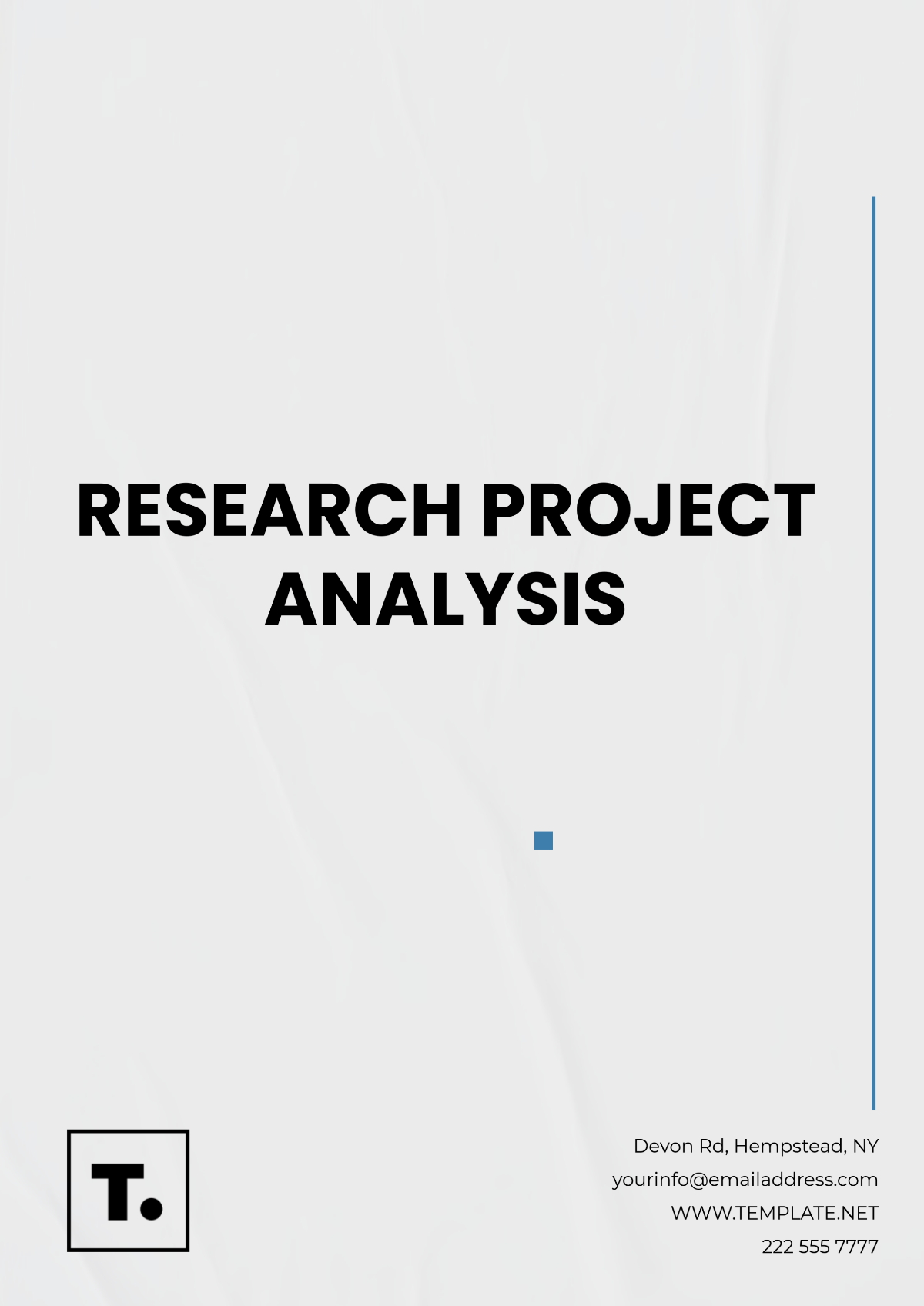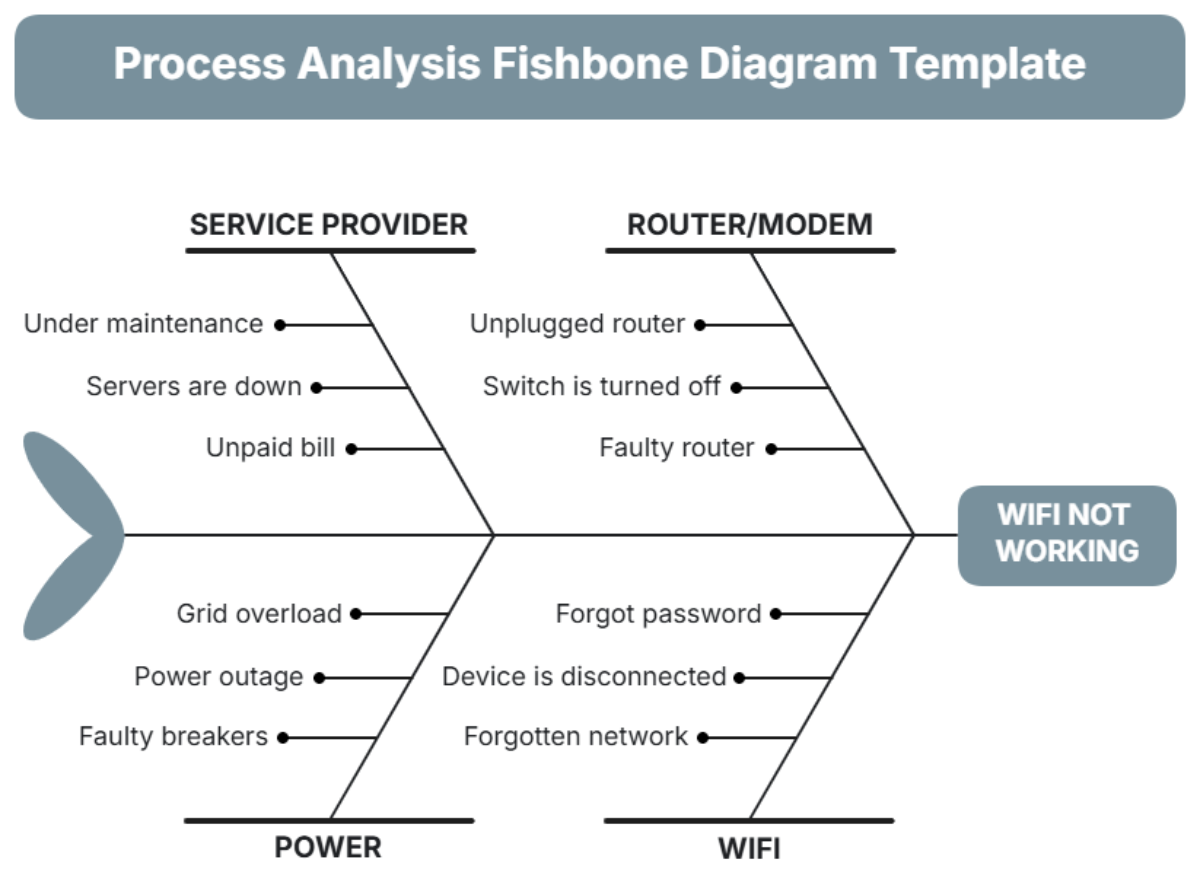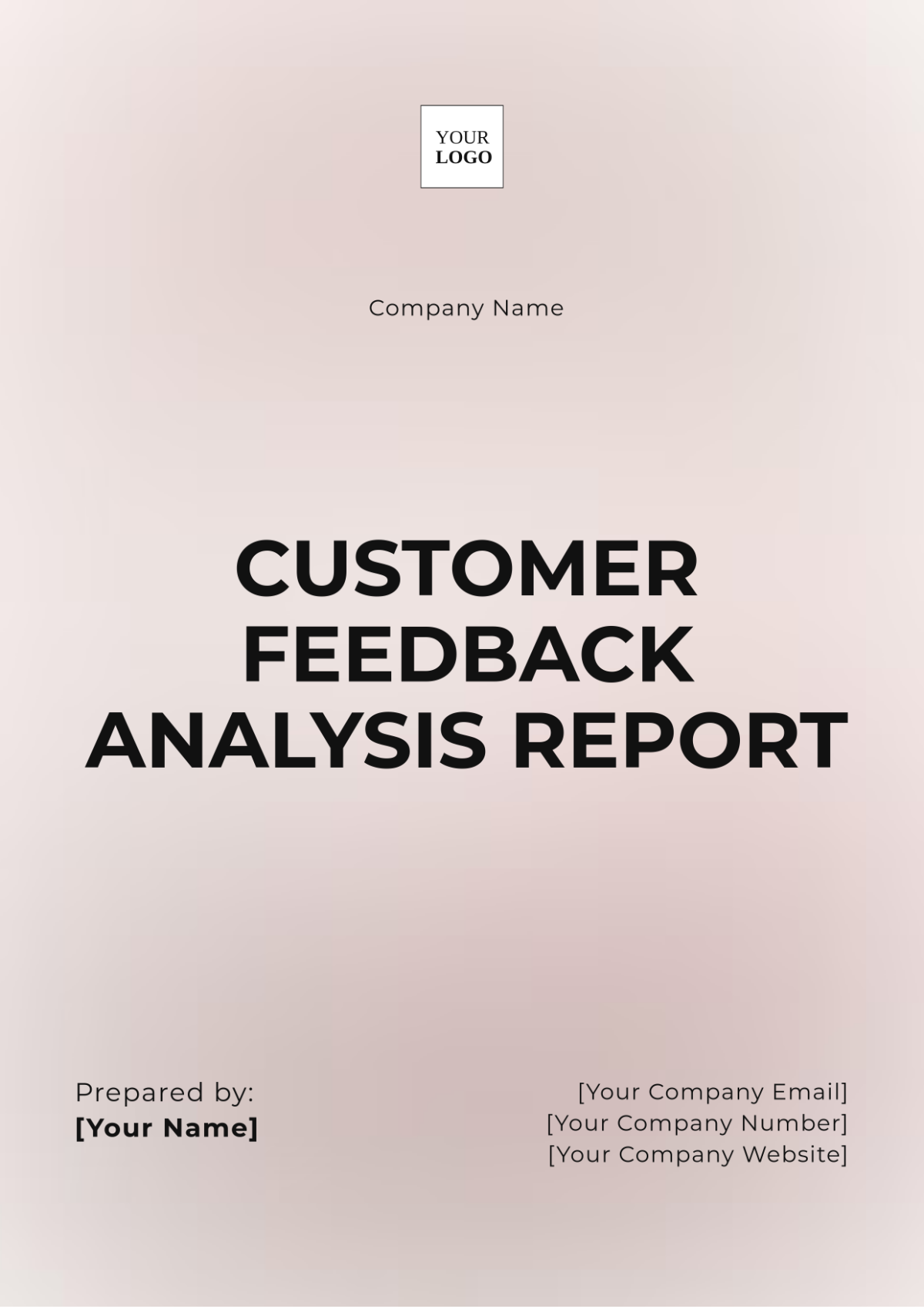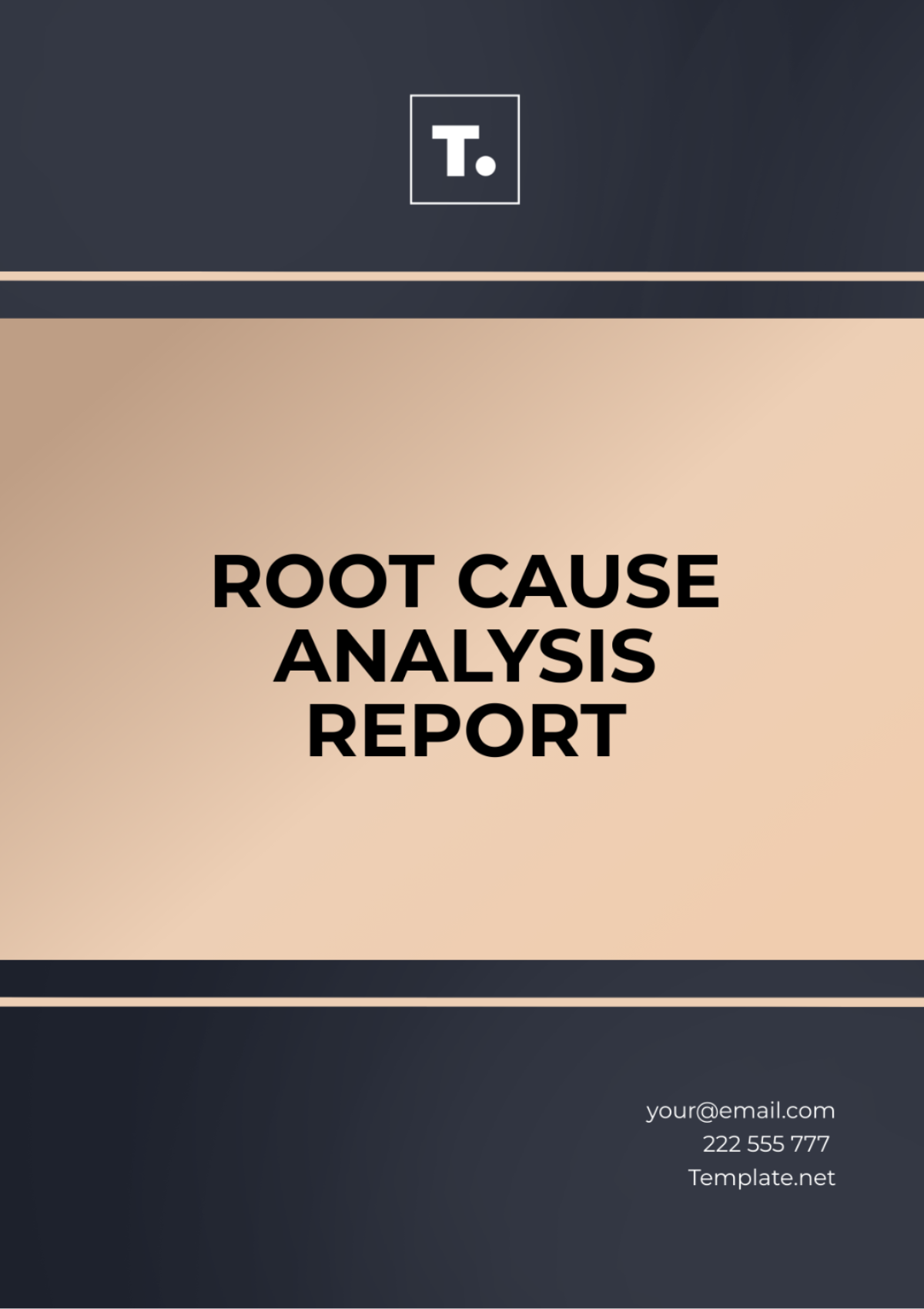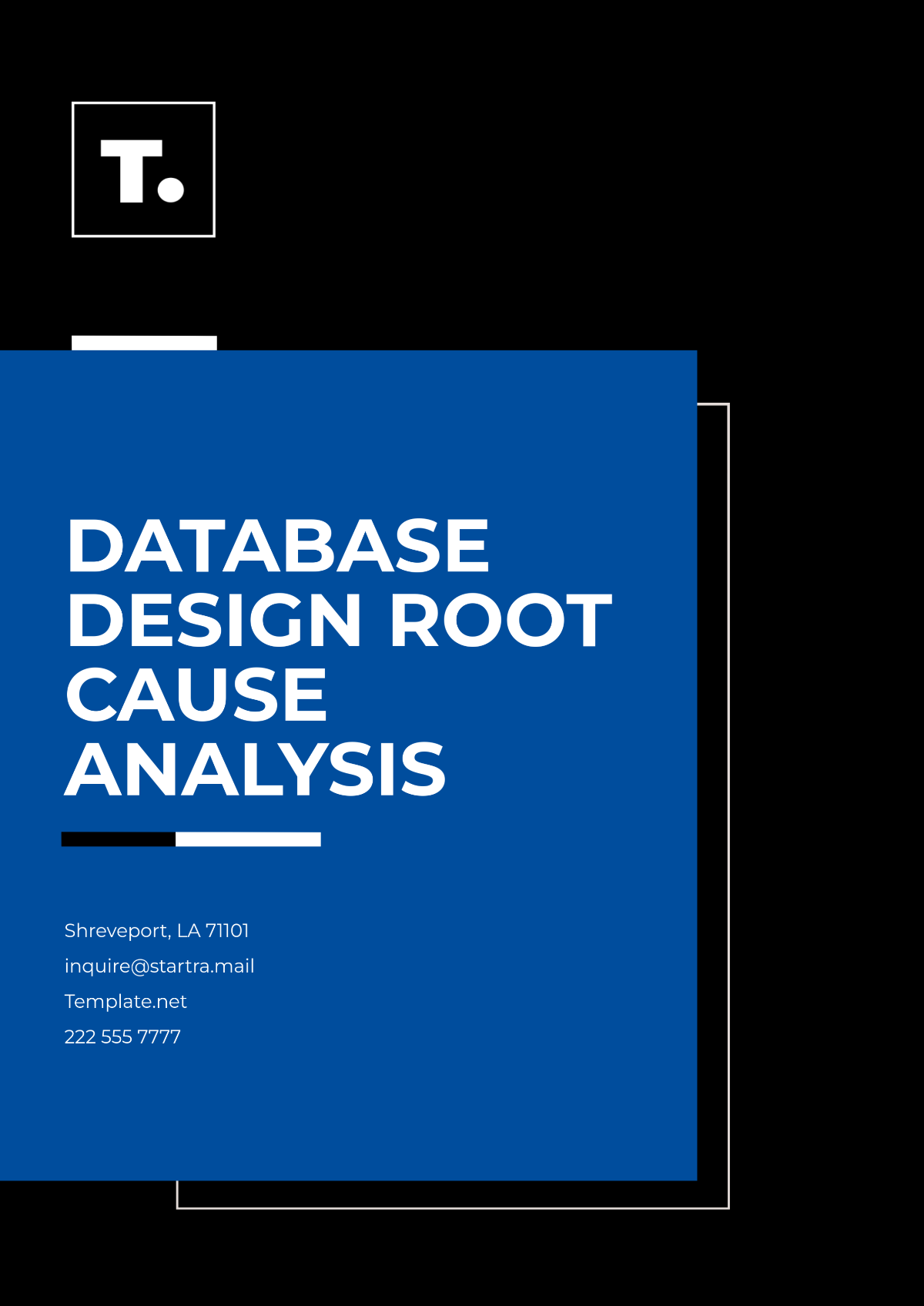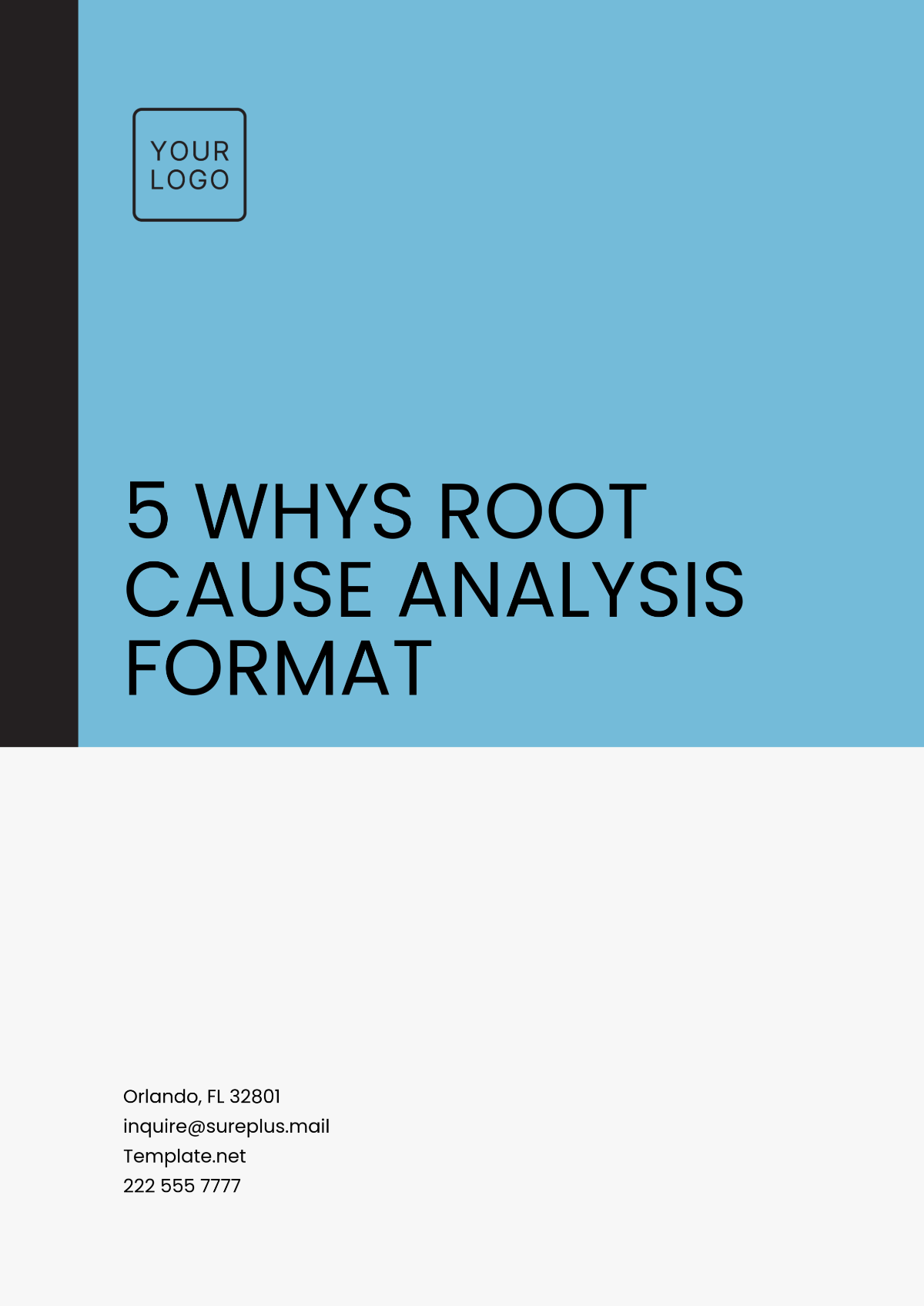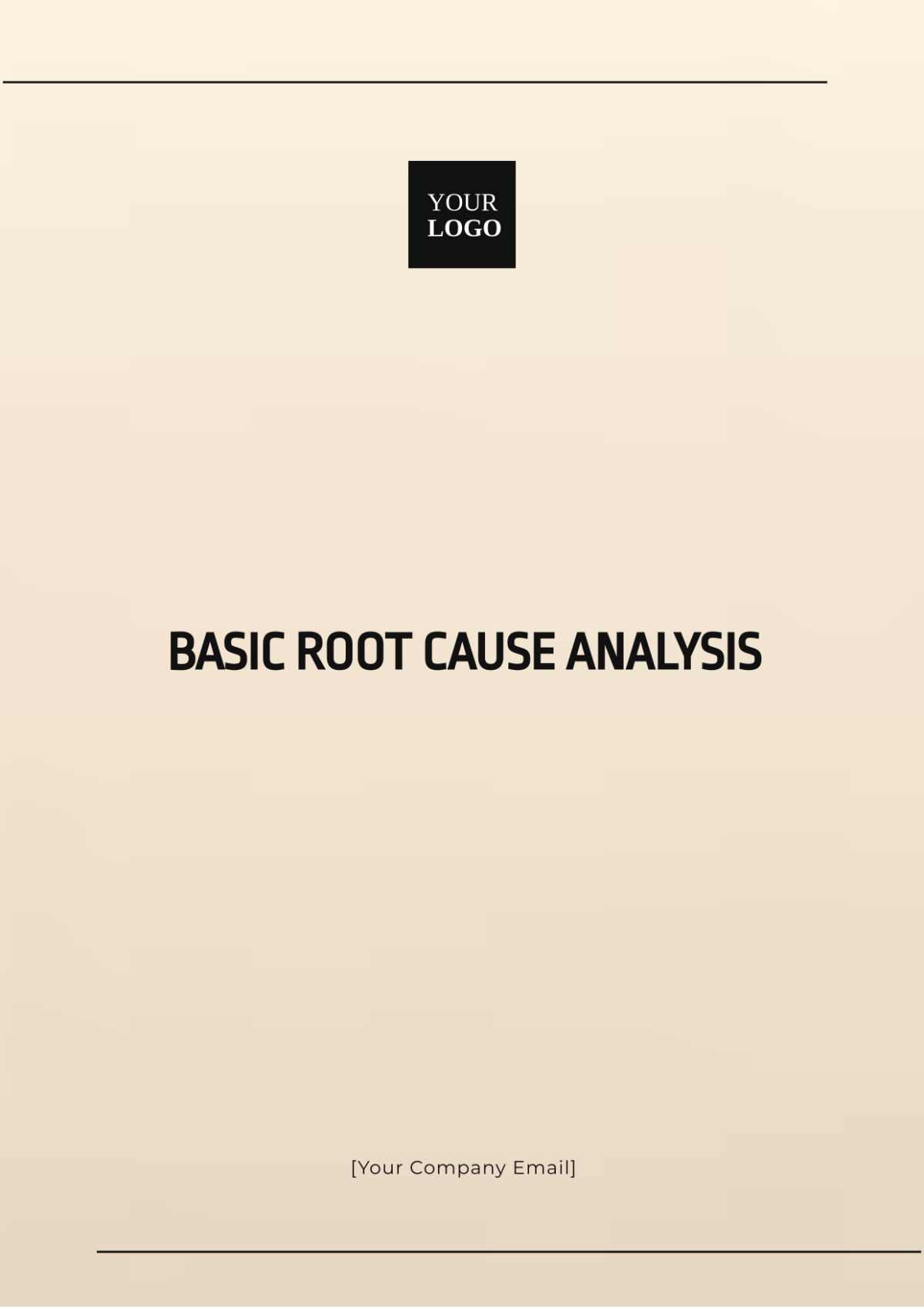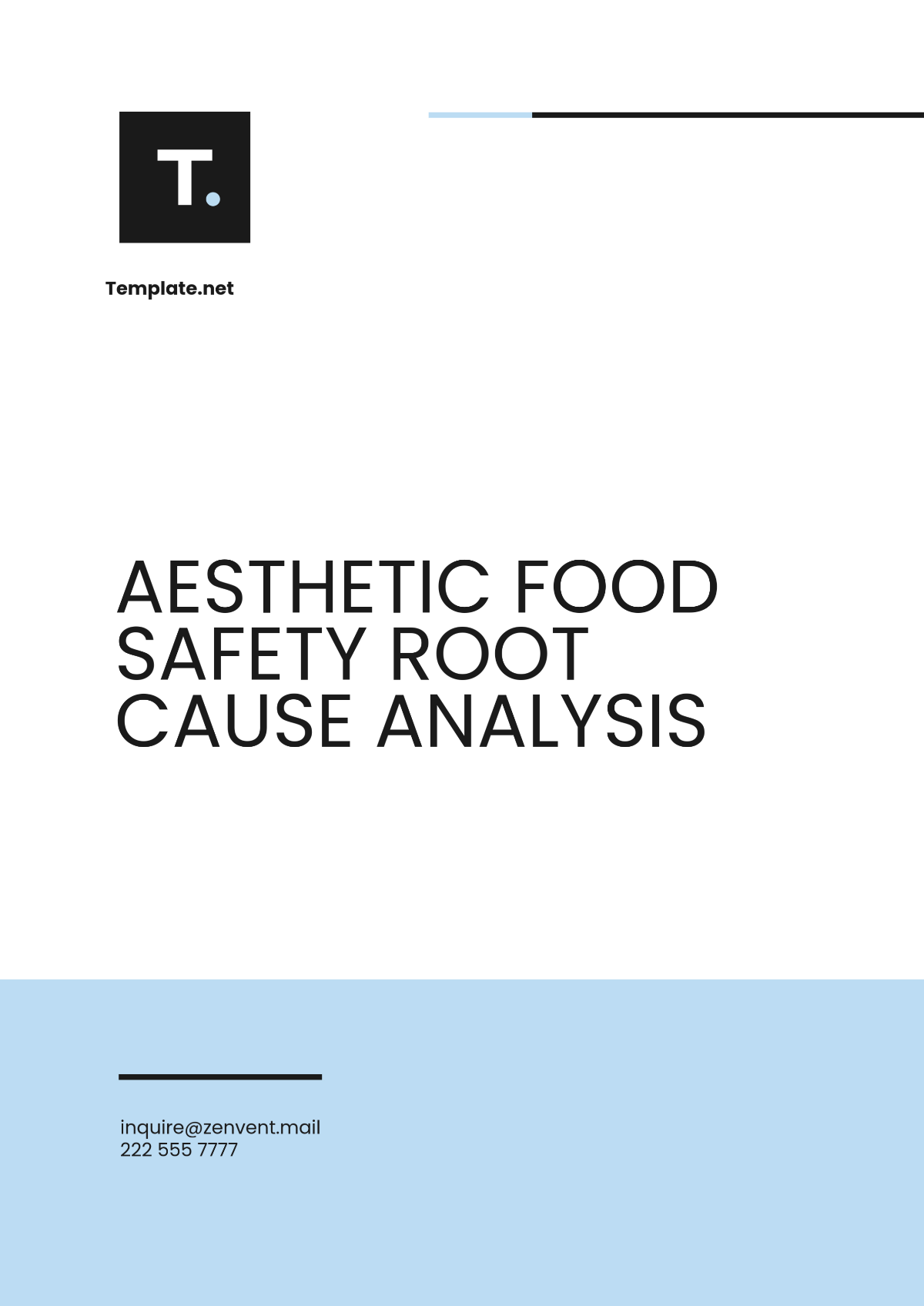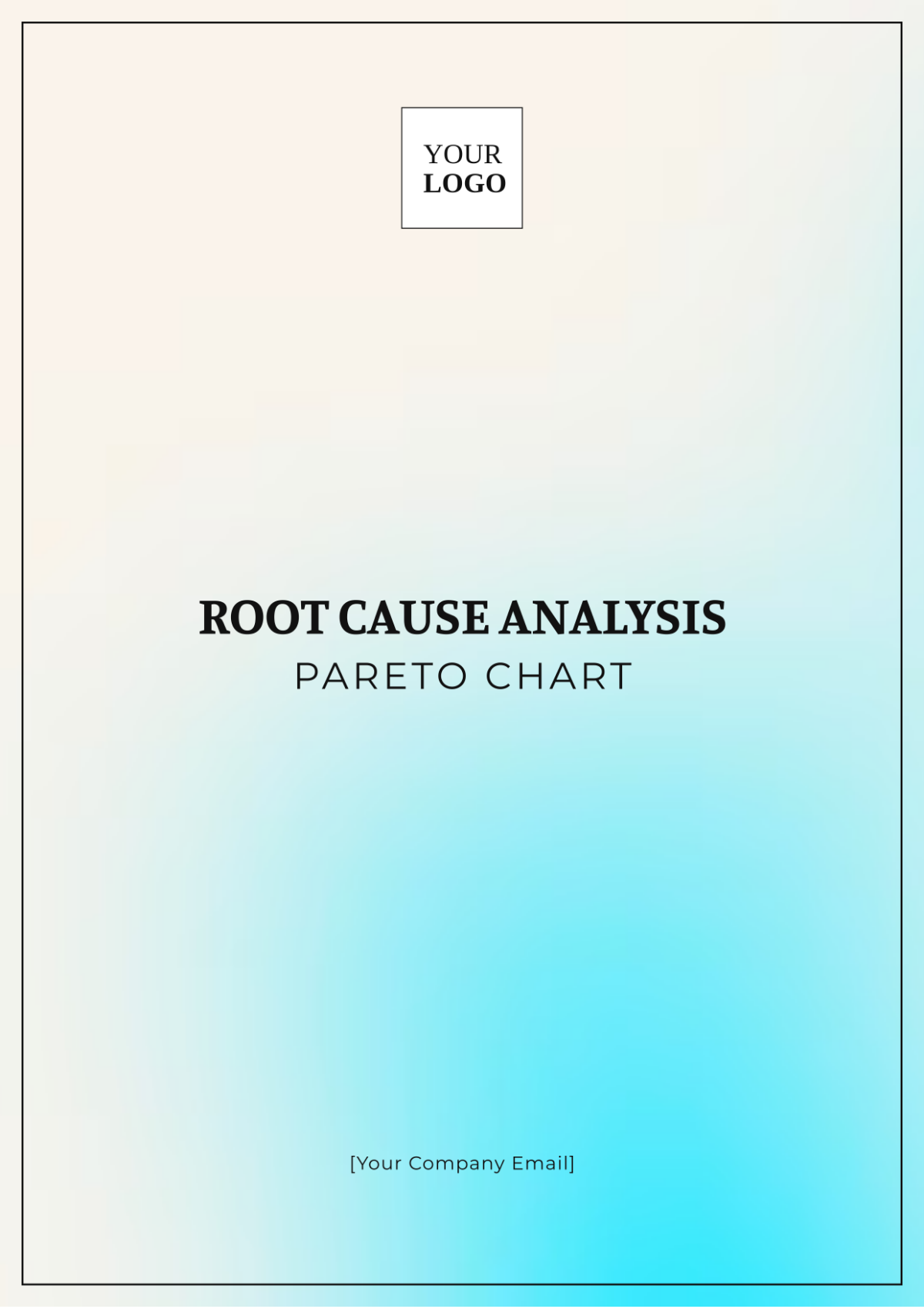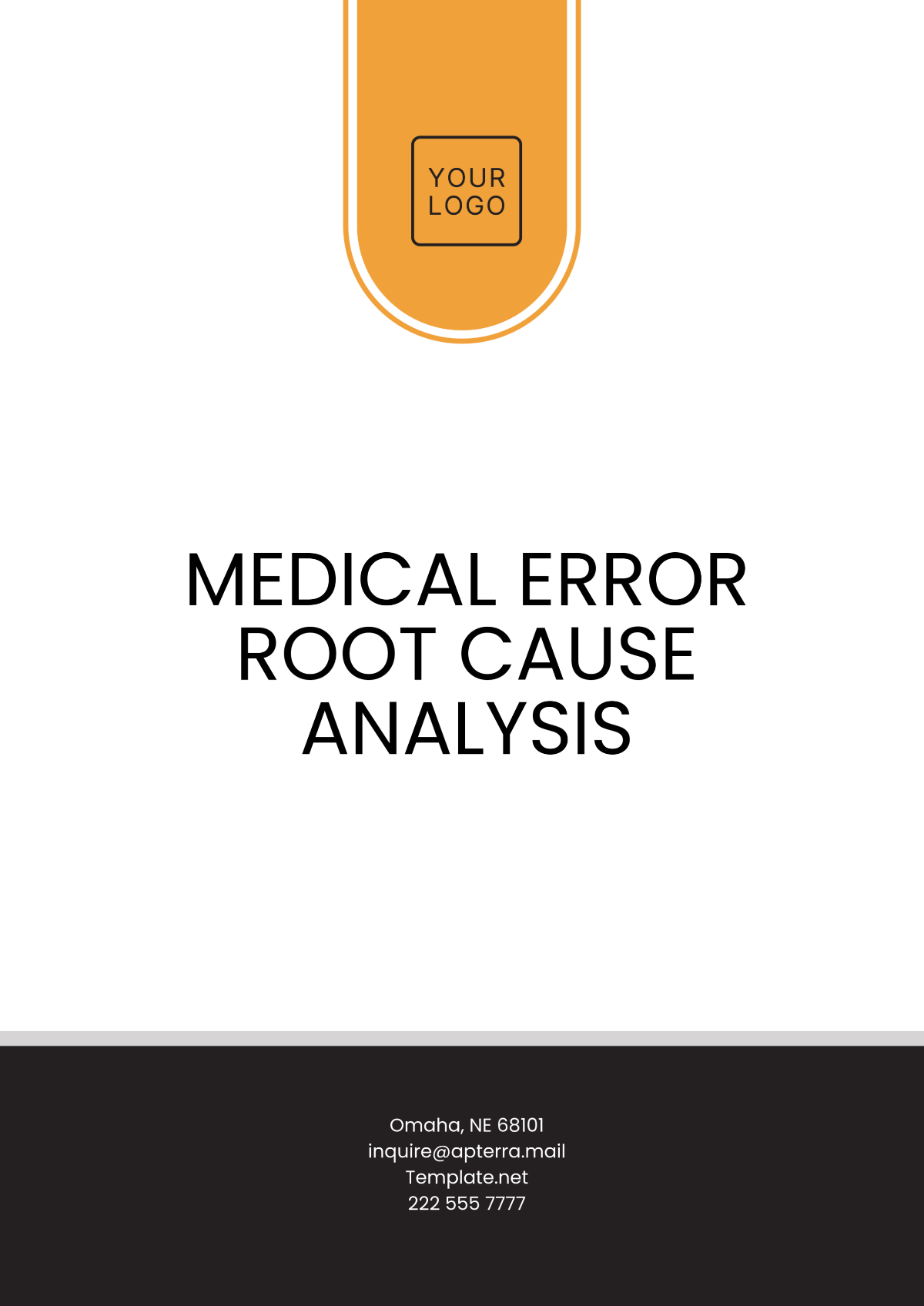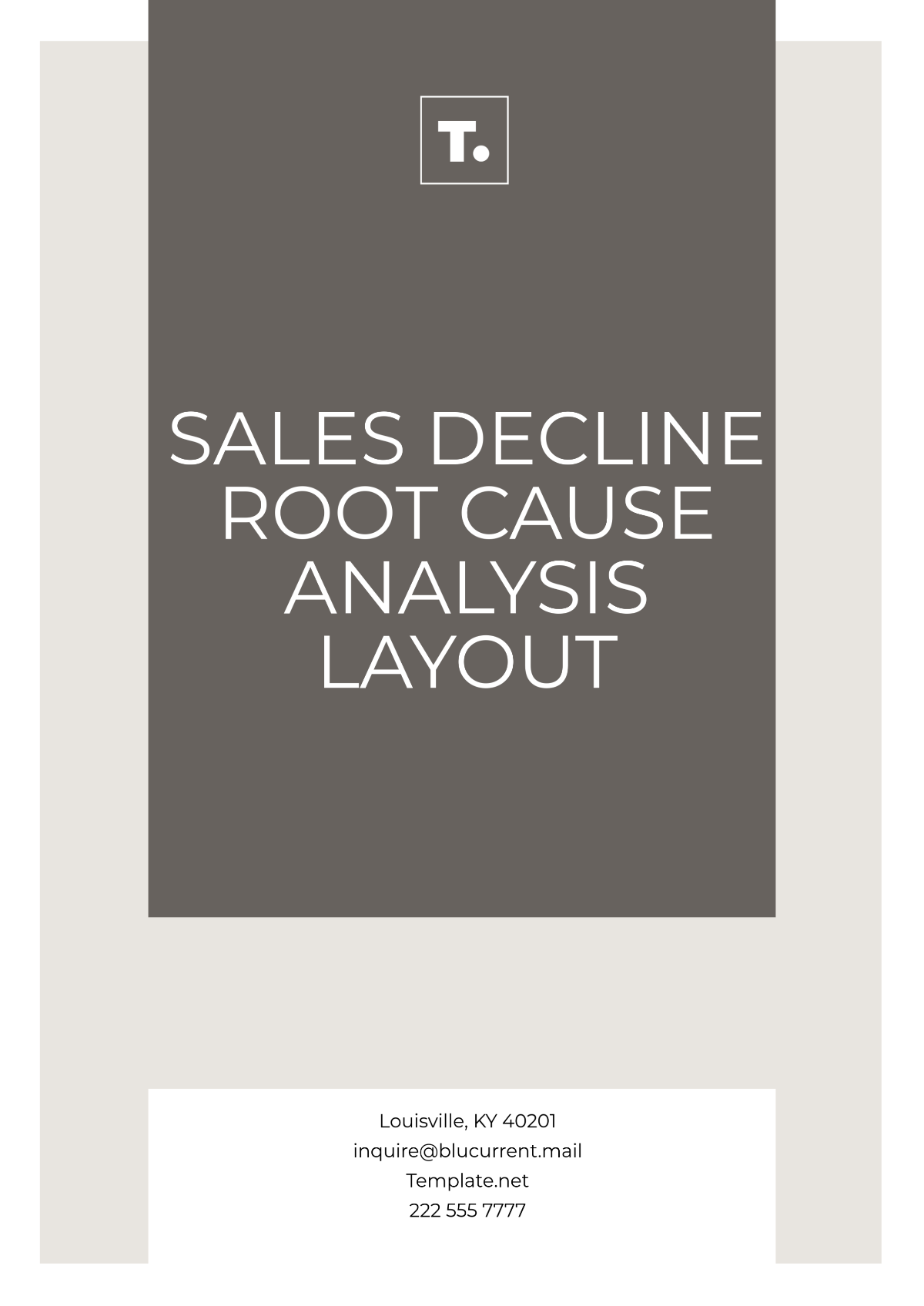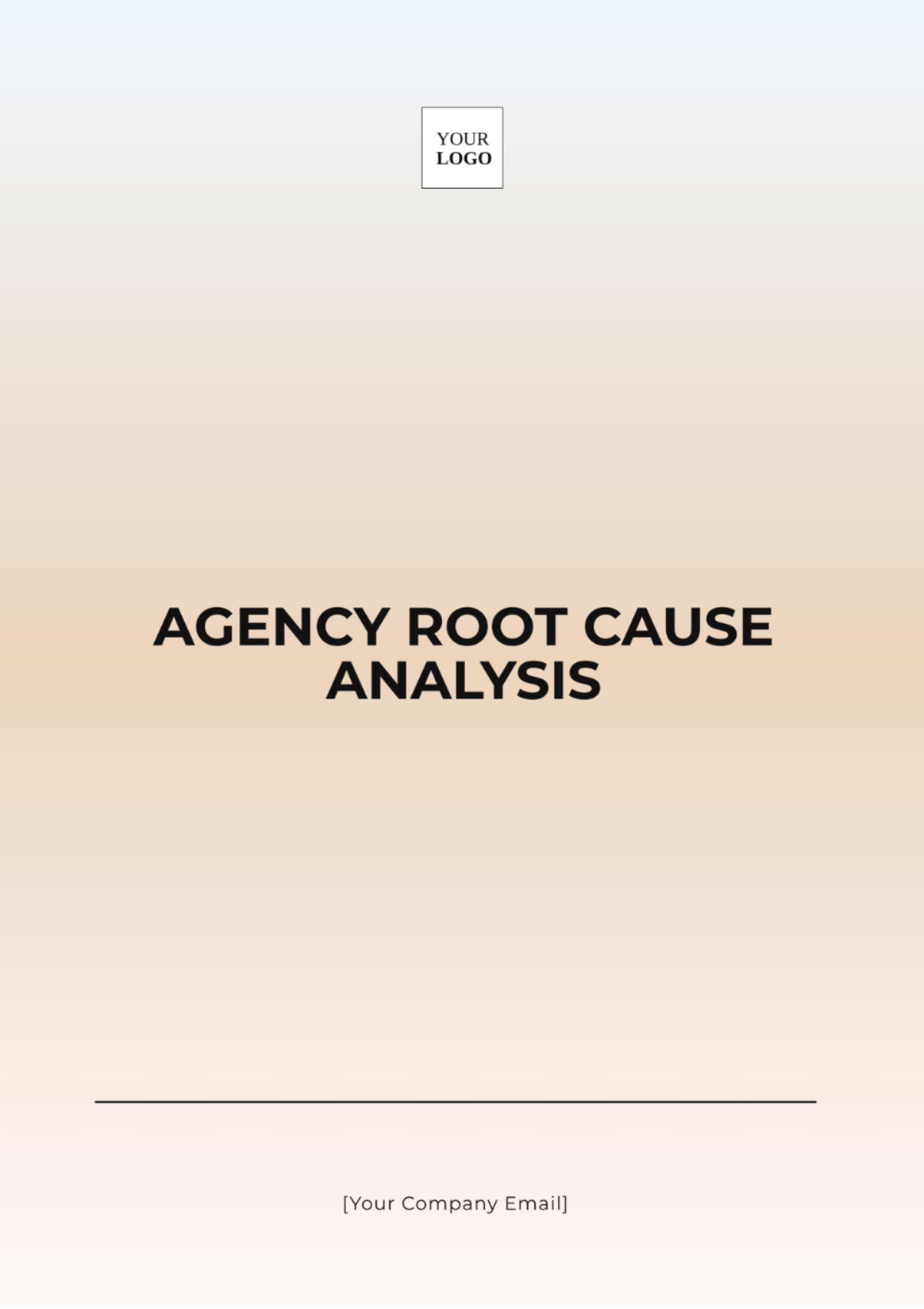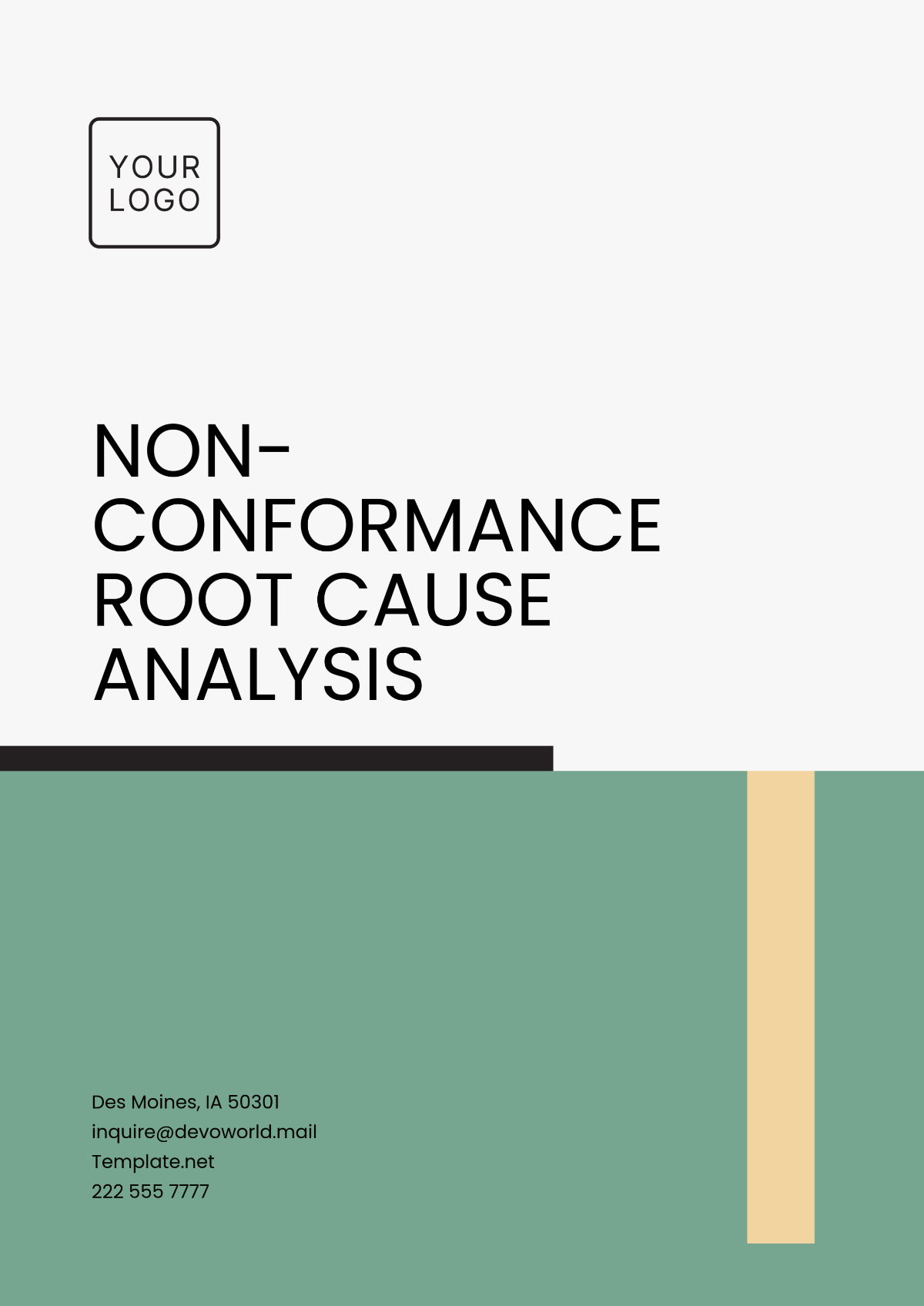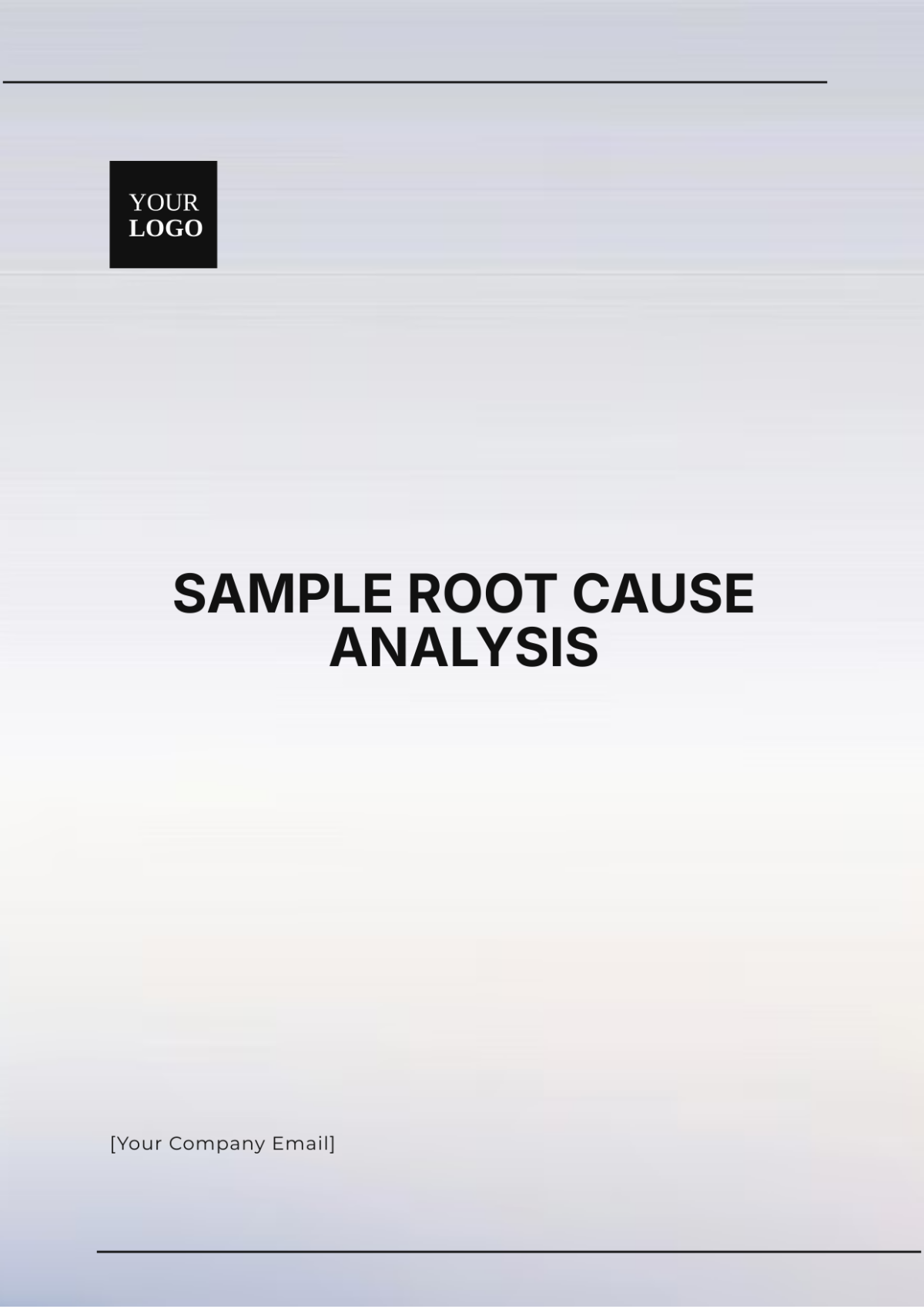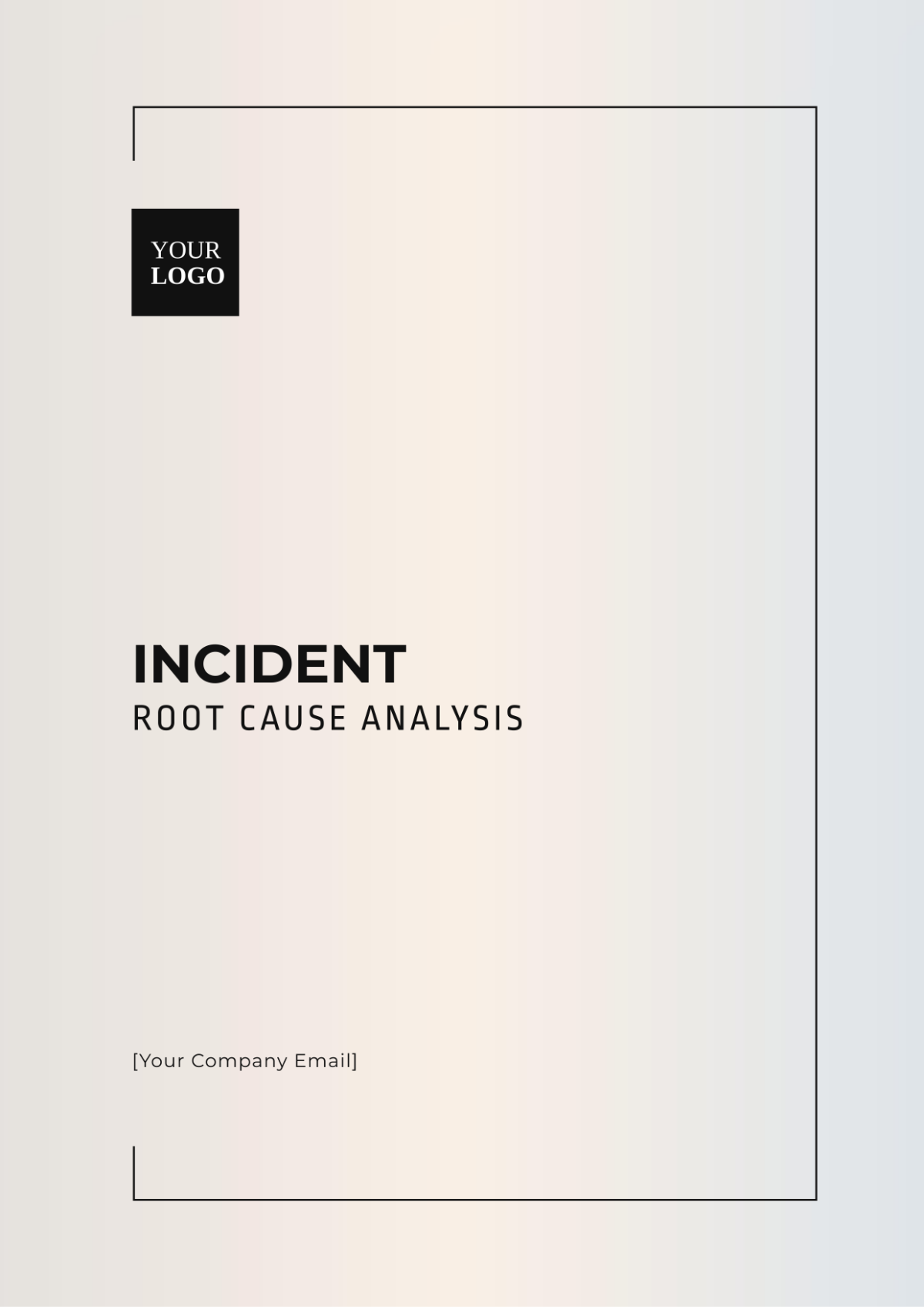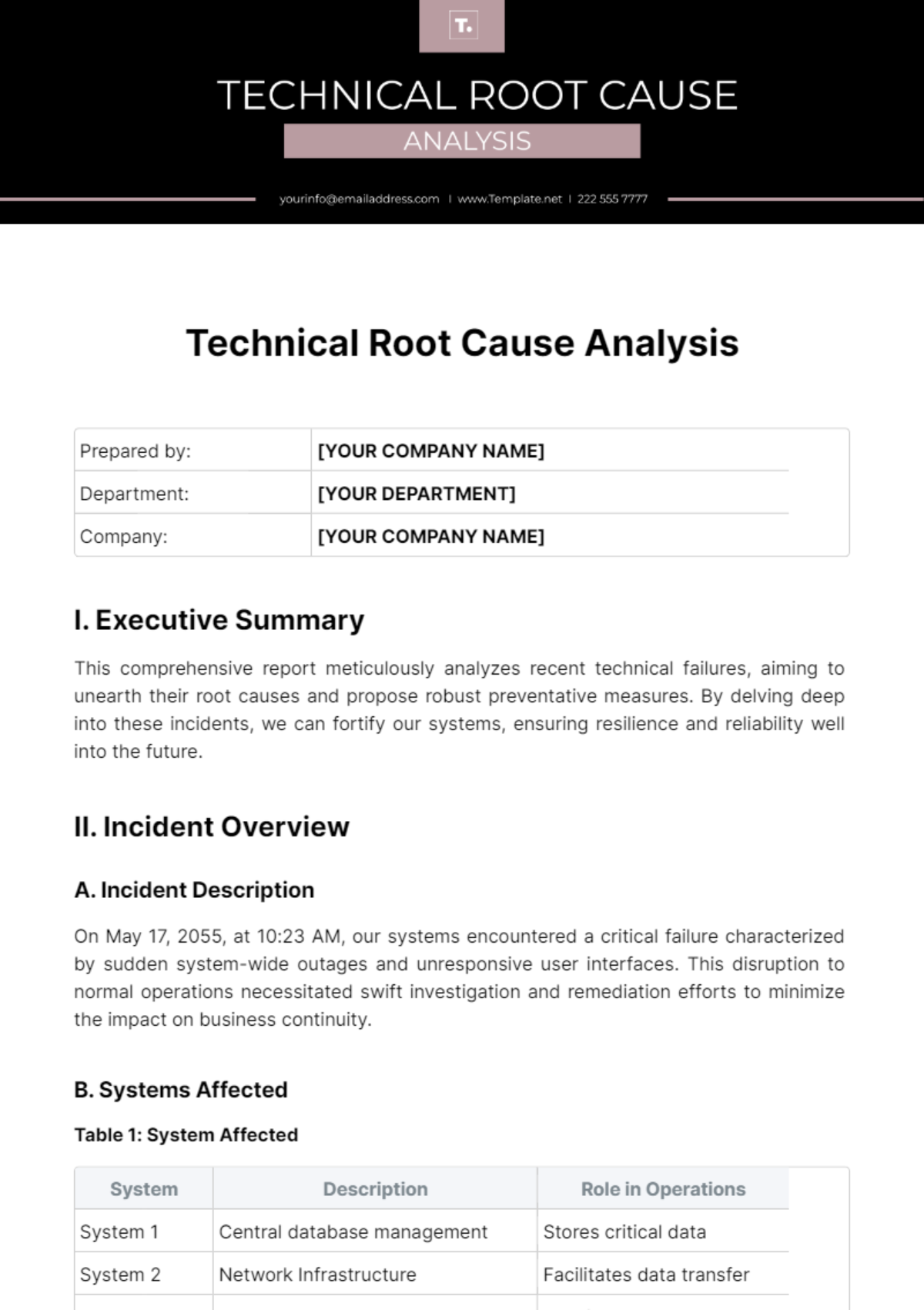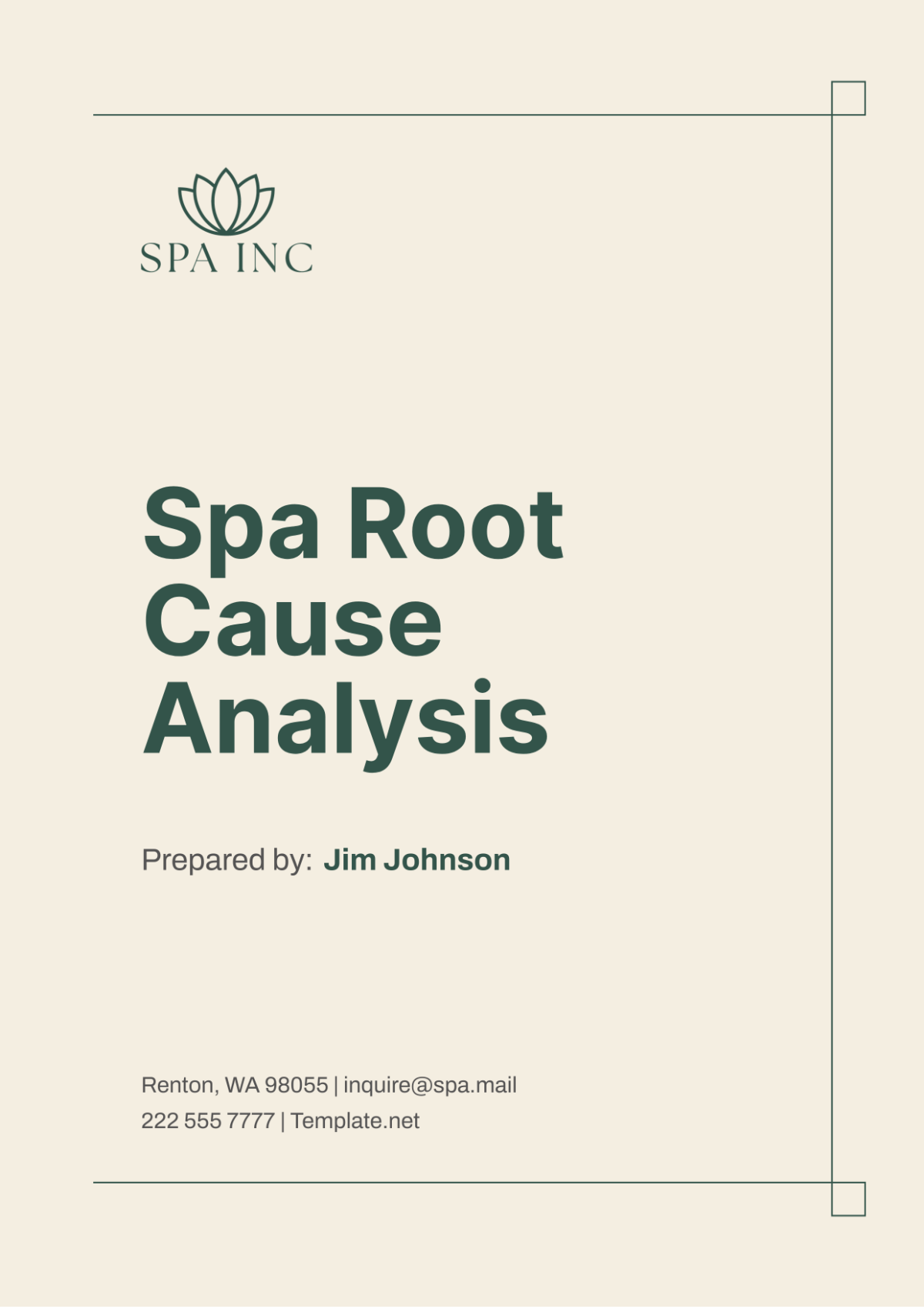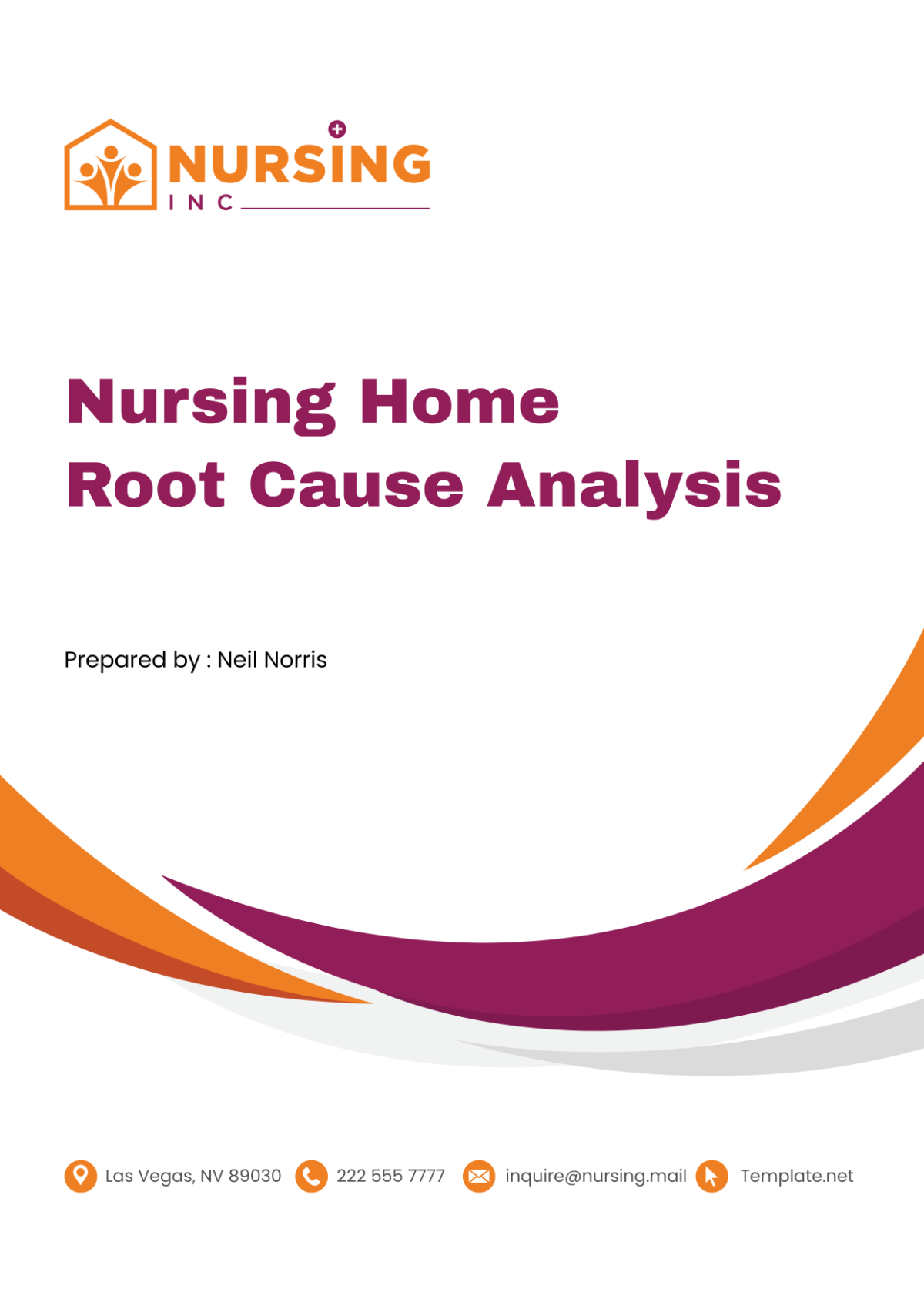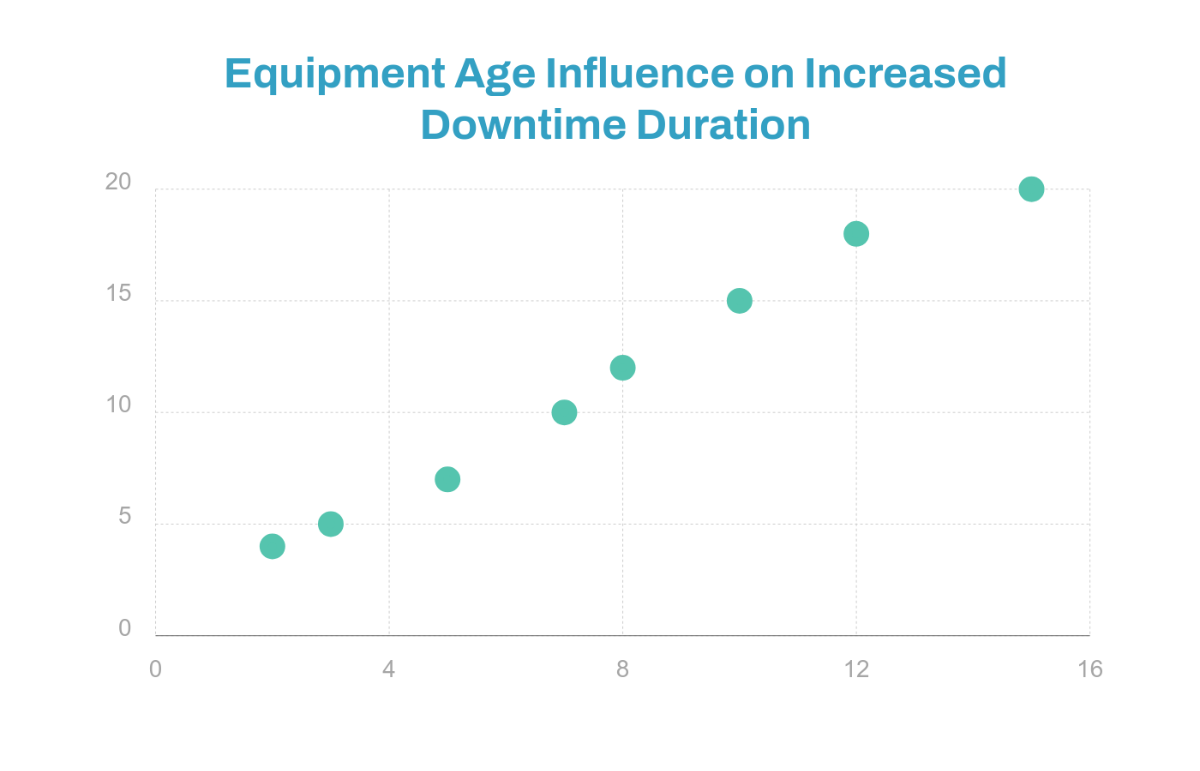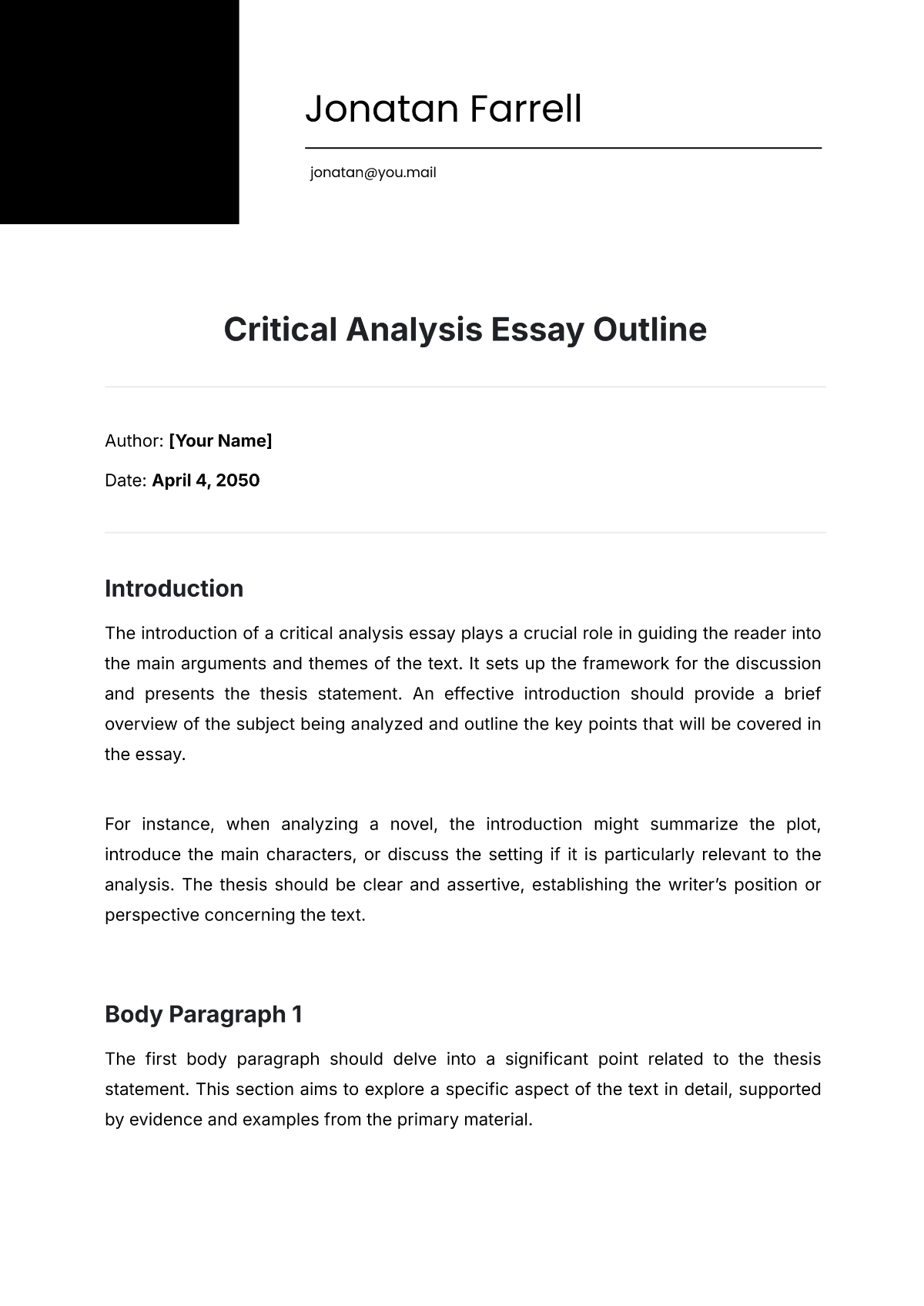Nursing Home Regulations In-depth Analysis
I. Introduction
The purpose of this analysis is to provide a comprehensive overview of the regulatory environment governing nursing homes in the United States, highlighting key legislation, enforcement mechanisms, and best practices. Nursing homes play a critical role in the healthcare system, offering care to the elderly and disabled. Ensuring these facilities adhere to high standards is essential for the well-being of their residents. This document aims to assist [Your Company Name] in understanding these regulations to ensure compliance and promote the highest quality of care.
II. Historical Context
A. Evolution of Nursing Home Care
Nursing home care has evolved significantly since the early 20th century, transitioning from custodial care to comprehensive healthcare facilities. Initial homes were often privately run with minimal standards until the government began to introduce regulations to improve the quality of care.
B. Key Historical Milestones in Regulation
Key Milestone | Description |
|---|---|
1930s | Introduction of Social Security, providing a means of funding elderly care. |
1965 | Establishment of Medicare and Medicaid, significant funding sources for nursing home care. |
1987 | Enactment of the Nursing Home Reform Act, setting federal quality standards for nursing homes. |
C. Shifts in Policy and Public Perception
Throughout the course of numerous decades, there has been a notable escalation in public awareness and expectations when it comes to the quality of care provided in nursing homes. As people's understanding and demands have grown, so too has the need for stringent regulations that help maintain these expected standards of care. This increase in expectations also means an increased necessity for transparency in the way nursing home facilities operate and provide for their residents.
III. Legal Framework
A. Federal Regulations
The cornerstone of federal regulation in nursing homes is the Nursing Home Reform Act included in the Omnibus Budget Reconciliation Act of 1987. This act outlines several essential requirements:
Quality of Care: Homes must maintain adequate staffing and ensure that residents receive proper nutrition, hygiene, and medical care.
Resident Rights: Residents have the right to be treated with dignity, participate in their own care, and communicate freely with outsiders.
B. State-specific Regulations
While state regulations can vary from place to place, they tend to encompass a variety of aspects. These typically include requirements for licensure, ensuring individuals and organizations have the proper credentials to operate. These regulations also often mandate additional safety protocols, over and above the basic standards, aimed at ensuring the well-being of all involved parties. Sometimes, these state regulations might even impose more stringent staffing ratios compared to federal standards, with states possibly requiring more staff members per given number of patients, students, or clients, for example, than what federal rules might dictate.
State | Staffing Requirements | Additional Protocols |
|---|---|---|
CA | Higher than federal | Earthquake protocols |
NY | Similar to federal | Severe weather protocols |
C. International Perspectives
When engaging in a comparison between the regulatory structures of the United States and those found in countries such as Canada or the United Kingdom, it becomes evident that the United States regulations tend to exhibit a greater level of focus on the intricacies of facility operations. On the other hand, regulatory models found throughout Europe, including but not limited to the United Kingdom, often prioritize and emphasize the importance of preserving and promoting the independence of residents.
IV. Regulatory Bodies and Enforcement
A. Centers for Medicare & Medicaid Services (CMS)
CMS oversees the enforcement of federal standards in nursing homes, utilizing a combination of routine inspections, complaint investigations, and re-certification surveys. Nursing homes found to be in violation of CMS standards may face penalties such as fines, imposition of sanctions, or even termination of Medicare and Medicaid funding. CMS also provides resources and training to facilities to help improve care standards and ensure compliance.
B. State Health Departments
Each state's health department plays a critical role in the licensing and regulatory oversight of nursing homes. They conduct annual inspections and respond to resident and family complaints about care quality. The results of these inspections are typically public records, providing transparency and encouraging facilities to maintain high standards of care. State agencies also provide training and support to facilities to help them comply with both state and federal regulations.
C. Accreditation Organizations
In addition to mandatory federal and state regulations, nursing homes can seek accreditation from independent bodies such as The Joint Commission or the Commission on Accreditation of Rehabilitation Facilities (CARF). These organizations assess facilities against rigorous performance standards, covering aspects from patient care to organizational management. Accreditation, while voluntary, signals a facility’s commitment to exceed basic regulatory requirements and can significantly enhance a facility’s reputation and trustworthiness in the community.
V. Key Areas of Regulation
A. Staffing Requirements
Federal law requires that nursing homes employ sufficient staff with adequate skills to maintain the highest practicable physical, mental, and psychosocial well-being of each resident.
Requirement | Description |
|---|---|
RN Presence | At least one registered nurse must be on duty 8 consecutive hours, 7 days a week. |
Total Staff | Enough staff to provide nursing and related services. |
B. Safety and Facility Standards
Nursing homes are required to adhere strictly to building codes and safety regulations. These regulations aren't simply limited to the structural details of the building. They also encompass other aspects such as fire safety measures - ensuring that the establishment is equipped with necessary resources and procedures that prevent the break out of fire or can fight against it if necessary. Likewise, accessibility is another crucial element that these homes need to adhere to. The facility must be designed in a manner in which all individuals, regardless of their physical abilities, can navigate through the building unassisted and unhindered.
C. Patient Care and Rights
It is mandatory that the residents are provided with care that actively promotes their dignity, respect, and the power to make decisions based on their personal judgment. It is of utmost importance that their rights to privacy and to their personal property are respected and safeguarded, just as their freedom from any form of abuse and neglect. These rights are considered to be of the greatest consequence.
D. Financial Regulations
Facilities are required to manage their finances in a responsible and accountable manner. This includes adhering to and complying with established billing practices pertaining to services that are covered under government health insurance programs such as Medicare and Medicaid.
VI. Challenges and Controversies
A. Common Compliance Issues
Compliance with nursing home regulations is a complex, ongoing process that presents several challenges. Common issues include:
Staffing Shortages: Ensuring adequate staffing levels to meet the care needs of residents is a perennial challenge. Shortages can lead to overworked staff, increased errors, and decreased quality of care.
Documentation: Proper documentation is critical for compliance, yet facilities often struggle with maintaining detailed and accurate records. This can affect everything from patient care plans to billing practices.
Infection Control: Even before the COVID-19 pandemic, infection control was a significant issue in nursing homes. The communal living environment makes it challenging to manage and contain outbreaks of infectious diseases.
Resident Safety: Ensuring the safety of residents, particularly those with cognitive impairments who may wander or fall, is a constant concern. Facilities must balance safety protocols with the residents' rights to freedom and mobility.
Quality of Care: Meeting or exceeding the standards for quality of care, which includes managing chronic conditions, providing timely medical attention, and ensuring residents' well-being, is a major operational challenge.
B. Controversial Cases and Legal Battles
Legal battles often arise from failures to meet regulatory standards, leading to negligence and abuse cases that can attract public scrutiny and damage a facility’s reputation. For example:
Negligence and Abuse: High-profile cases of neglect or abuse within nursing homes have led to significant legal repercussions and have spurred changes in regulations and oversight.
Financial Fraud: Cases where facilities have been accused of fraudulent billing practices, especially in relation to Medicare and Medicaid, have led to lawsuits and heavy penalties.
These legal issues not only affect the involved facilities but also influence policy and public perception, leading to tighter regulations and higher compliance standards.
C. Impact of Regulations on Facility Operations and Patient Care
While regulations are designed to protect residents and ensure quality care, they also impose certain burdens on facility operations, including:
Financial Strain: Complying with complex regulations can be costly, requiring significant investment in staff, training, infrastructure, and systems to manage compliance.
Operational Limitations: Regulations can limit the flexibility of facilities to innovate or tailor services to individual needs due to strict adherence to standardized procedures and protocols.
Staff Morale and Retention: High regulatory demands can contribute to staff burnout and turnover, as employees may feel overwhelmed by the pressures of compliance and the high stakes of providing care within a heavily regulated environment.
Quality of Care: On the positive side, regulations drive improvements in the quality of care by setting minimum standards and protocols. However, the focus on compliance can sometimes divert attention from personalized, resident-centered care.
VII. Impact of Pandemics and Other Public Health Crises
The impact of COVID-19 has underscored the vulnerability of nursing homes to pandemics. However, other infectious diseases like influenza also pose significant risks. Nursing homes must have robust infection control protocols that can be quickly adapted to various public health emergencies. This includes ensuring adequate supplies of personal protective equipment (PPE), implementing effective quarantine measures, and providing training for staff on the latest health and safety guidelines.
Future regulatory adjustments may focus more on pandemic preparedness, including requirements for emergency staffing plans and enhanced facility infrastructure to prevent the spread of infections. Such measures will not only improve responses to future pandemics but also strengthen overall resident care.
VIII. Future Trends and Recommendations
A. Technological Integration
Advances in technology offer significant opportunities to improve care and compliance in nursing homes. Telemedicine can facilitate real-time monitoring of residents' health, reducing the need for hospital visits and allowing for quicker medical responses. Additionally, digital management systems can streamline documentation, ensure compliance with regulations, and improve communication between staff and families.
B. Workforce Development
It is crucial to invest in workforce development. This investment strategy should include, not only the ongoing professional development among workers but also specialized training in geriatric care. Additionally, an equally important area for our investment is in building strong leadership and management skills among the staff. By developing these skills, our team will be better equipped to effectively handle the daily operations of the job and also to manage any potential emergencies that may arise.
C. Strategic Compliance Programs
[Your Company Name] should consider developing strategic compliance programs that include regular internal audits, staff training sessions on legal and ethical standards, and a feedback mechanism from residents and families. Such proactive measures can prevent violations and enhance the quality of care.
IX. Conclusion
This comprehensive analysis underscores the critical importance of robust regulations in the management and operation of nursing homes. Regulations serve as essential safeguards, ensuring that the care provided to some of the most vulnerable members of our society meets high standards of quality and safety. The role of regulatory frameworks, from federal to state levels, and even through independent accreditation bodies, cannot be overstated. They create a structured environment in which facilities can not only survive but thrive, provided these regulations are adhered to diligently.
The balance between regulation and the quality of care is a delicate one. On one hand, stringent regulations ensure safety, accountability, and transparency within nursing home operations. On the other, there is a constant need to adapt and modify these regulations to keep pace with advancements in medical care, technology, and the evolving needs of the elderly population. [Your Company Name]'s commitment to exceeding these regulatory requirements is not merely about compliance but is a reflection of our dedication to providing the highest quality of care.
In conclusion, as [Your Company Name] looks to the future, the insights from this analysis will guide our actions and strategies. By embracing both the spirit and the letter of these regulations, we can ensure that our residents receive not only care that meets regulatory standards but care that is compassionate, innovative, and respectful. We are setting a course that others may follow, showcasing how regulatory compliance and high-quality care can go hand-in-hand to benefit all stakeholders, especially our residents.
